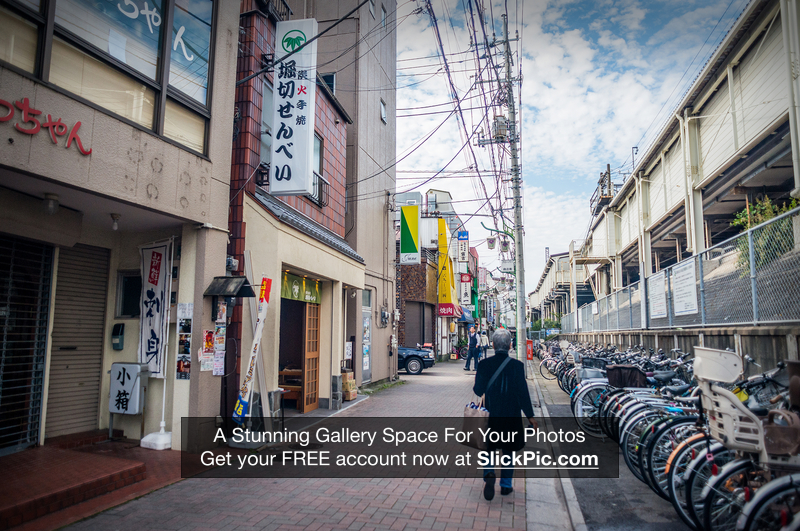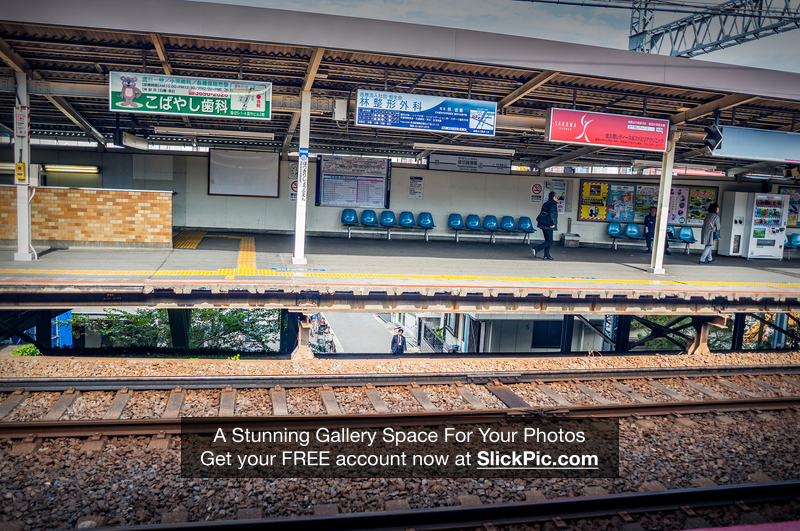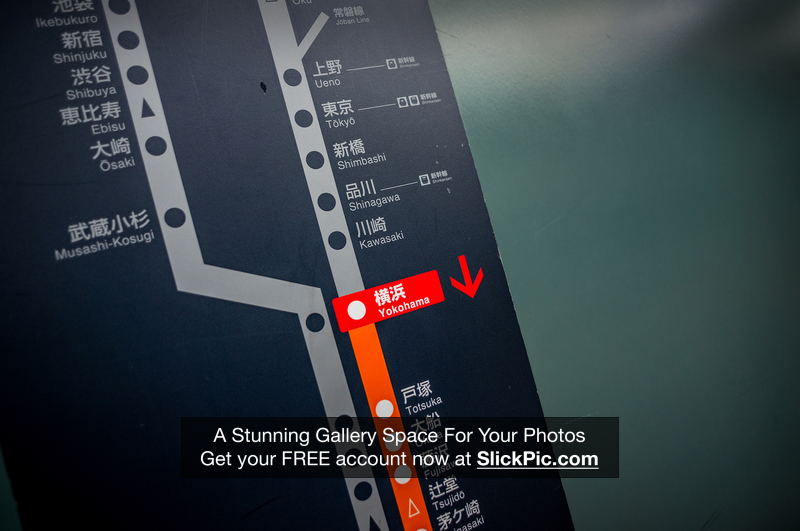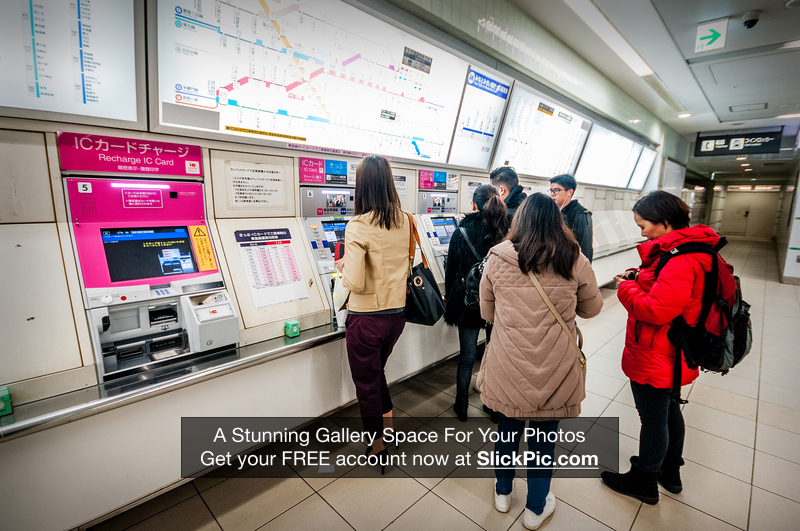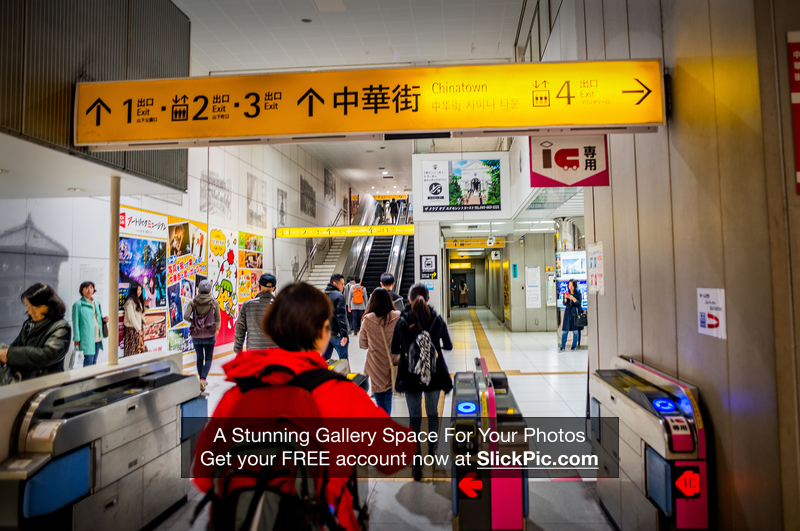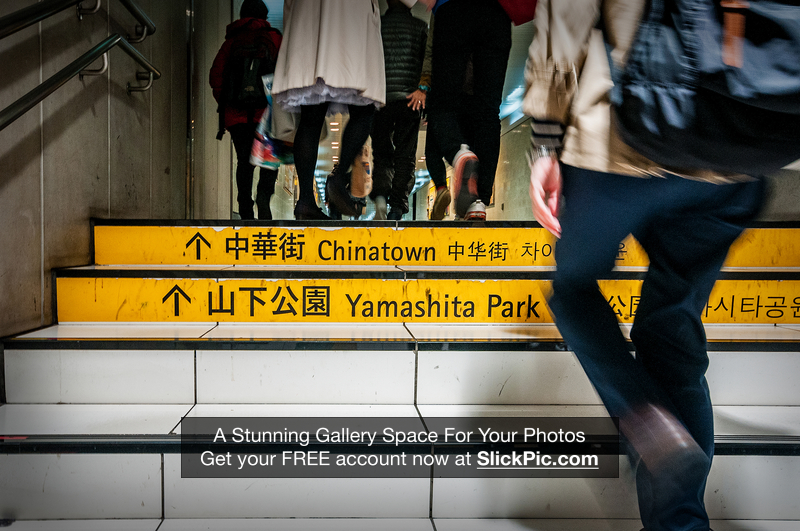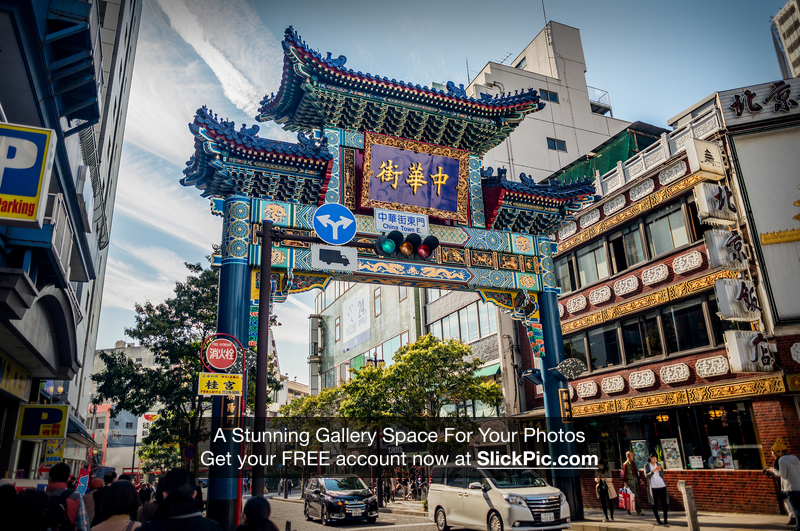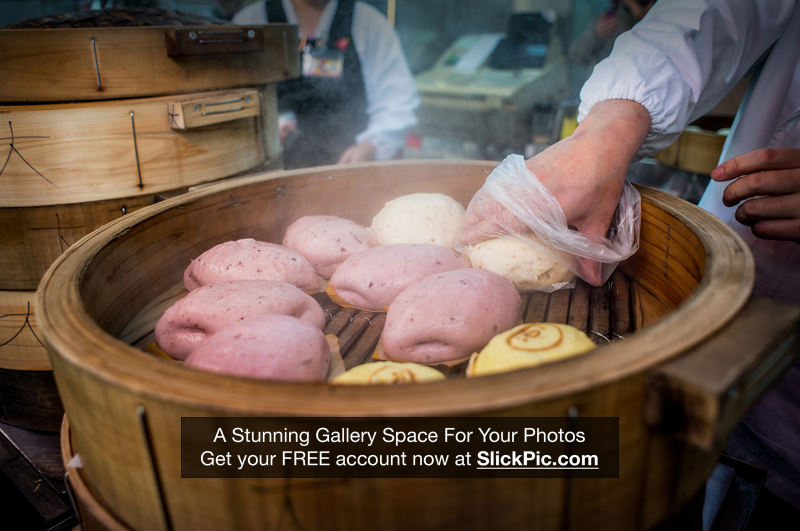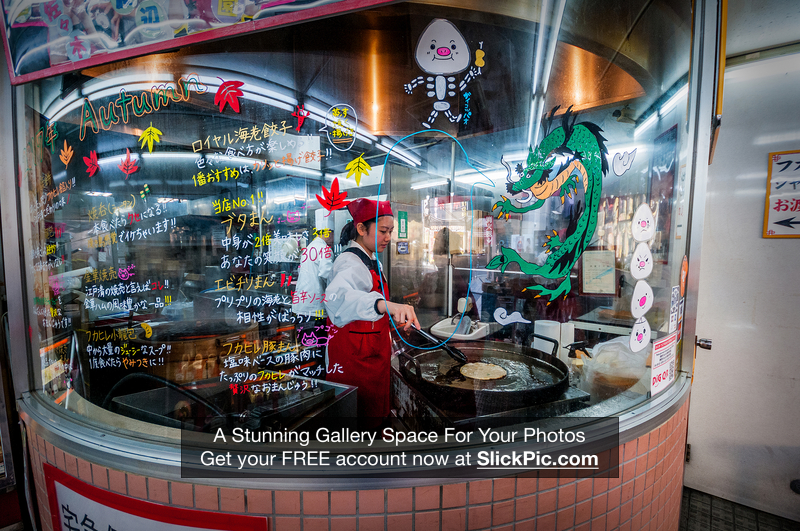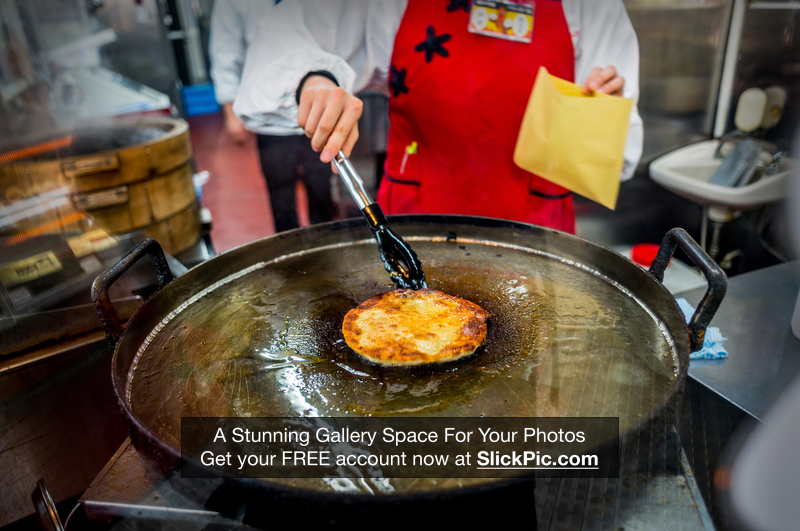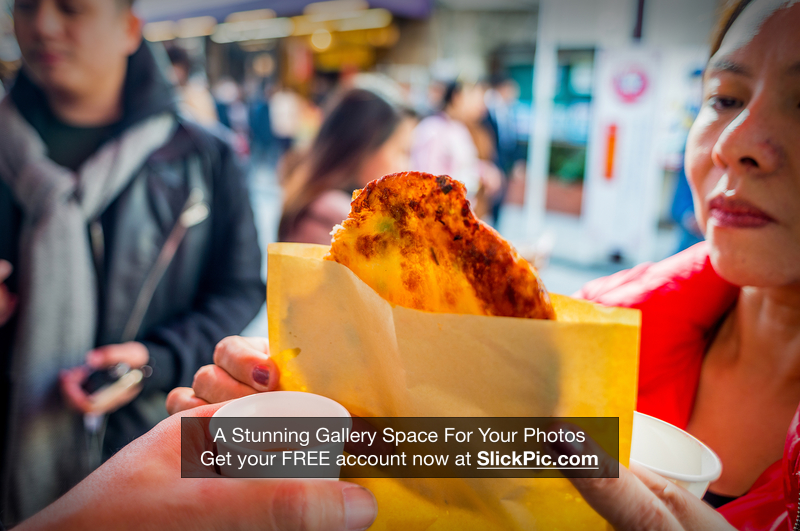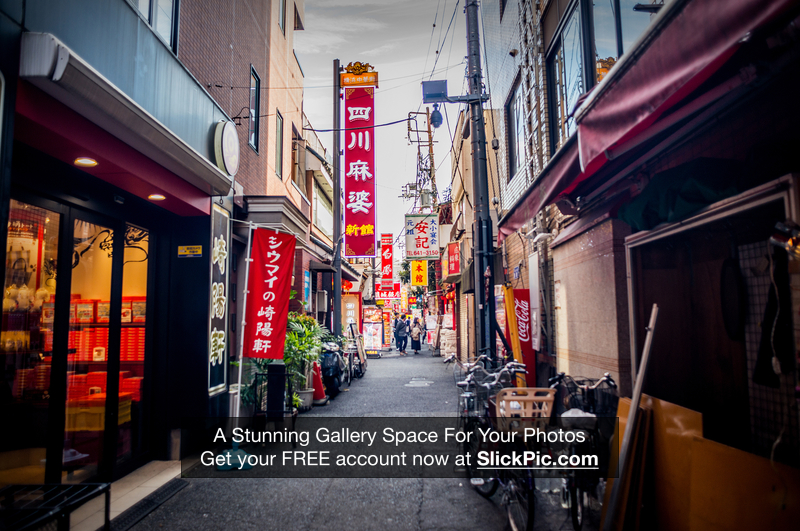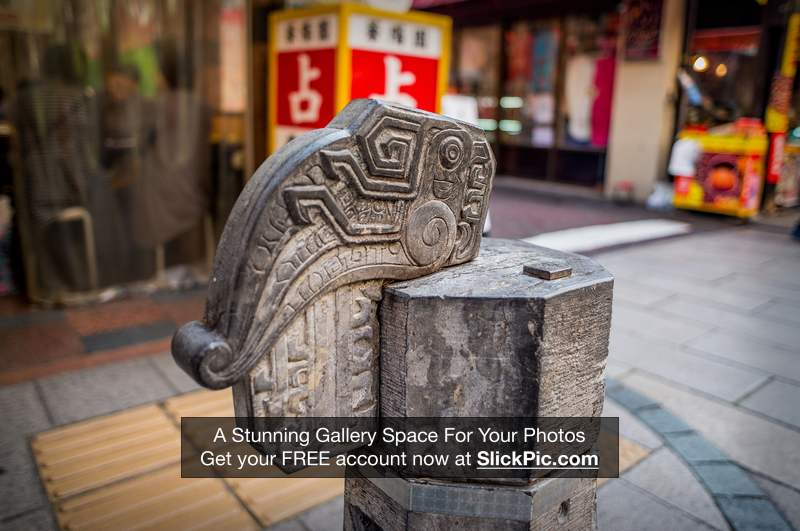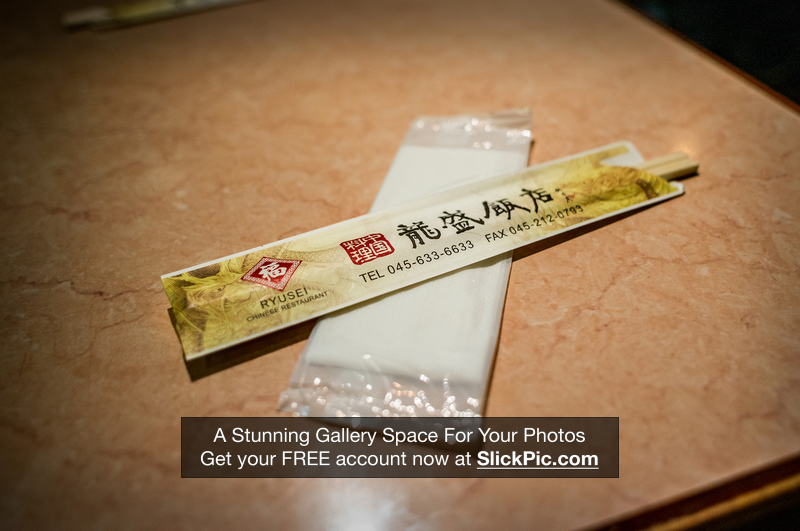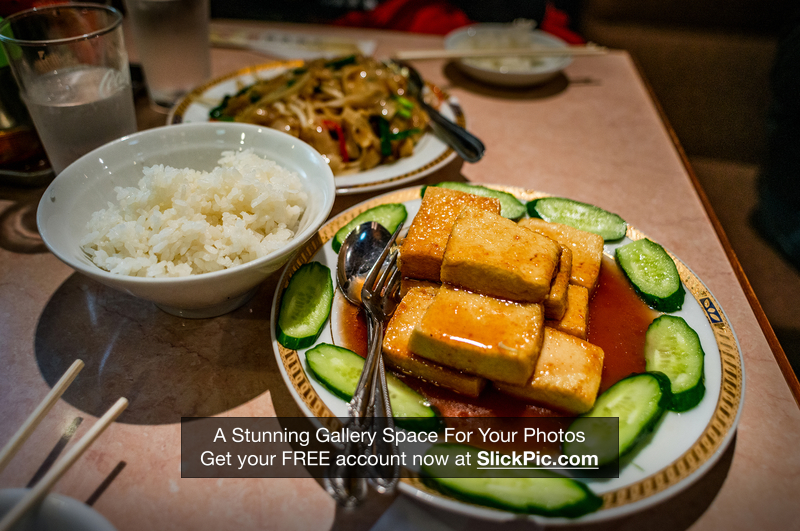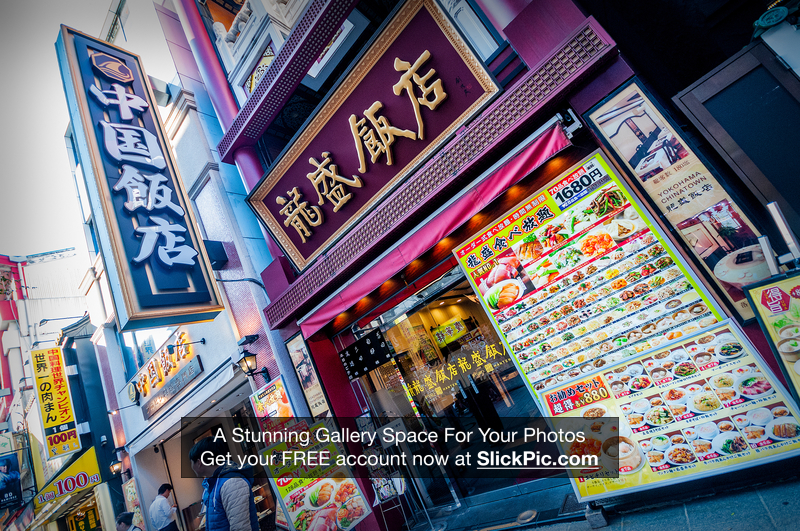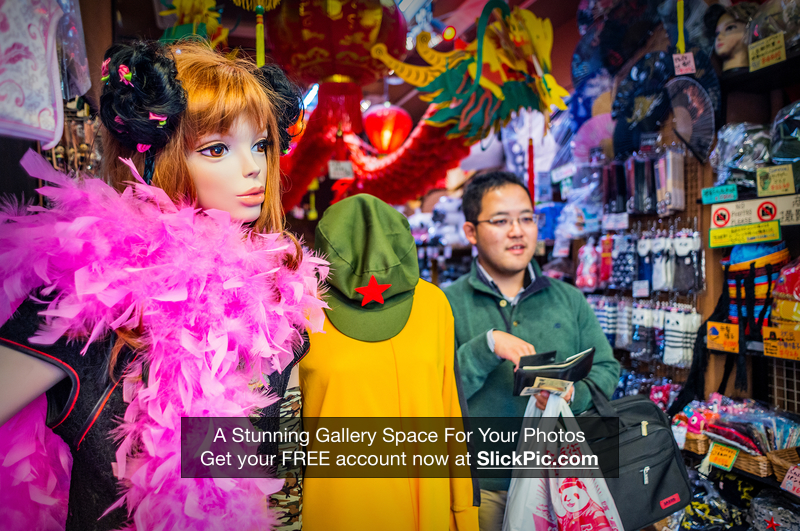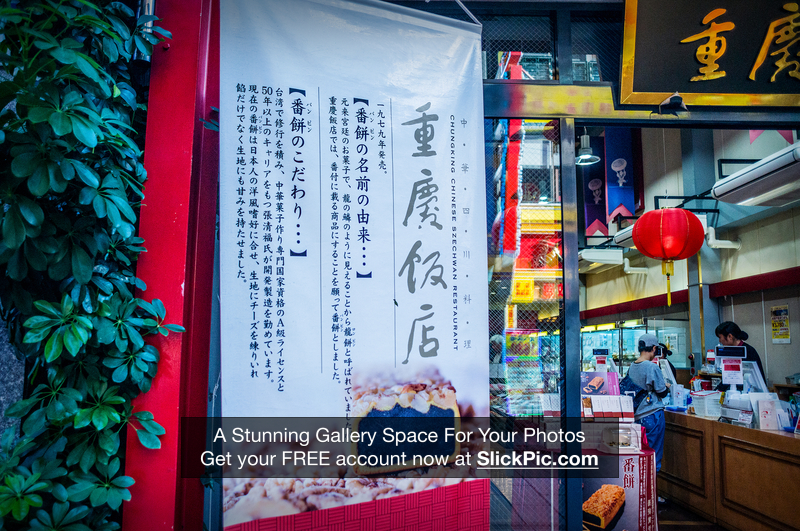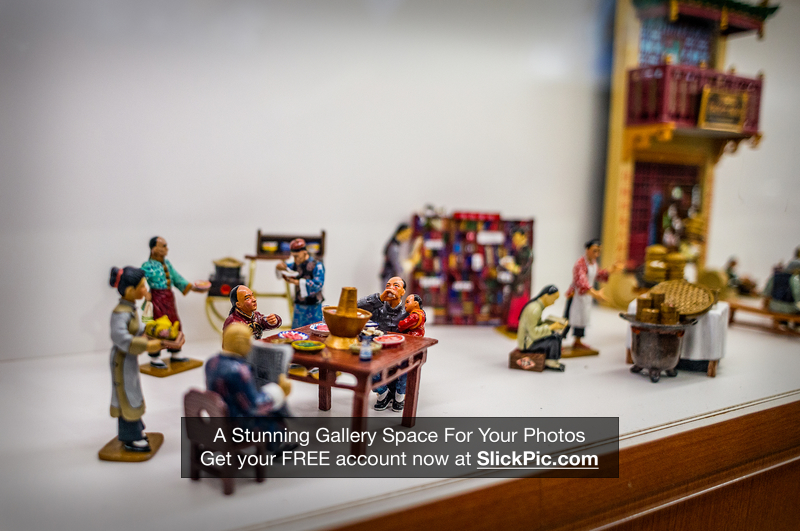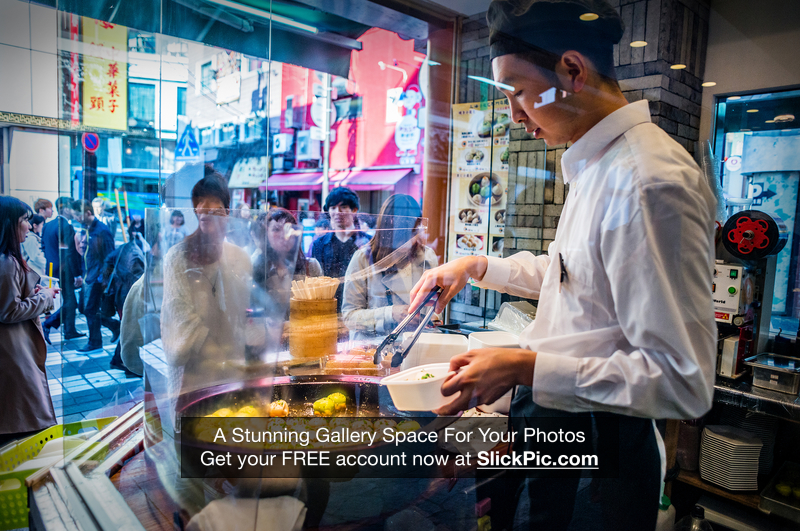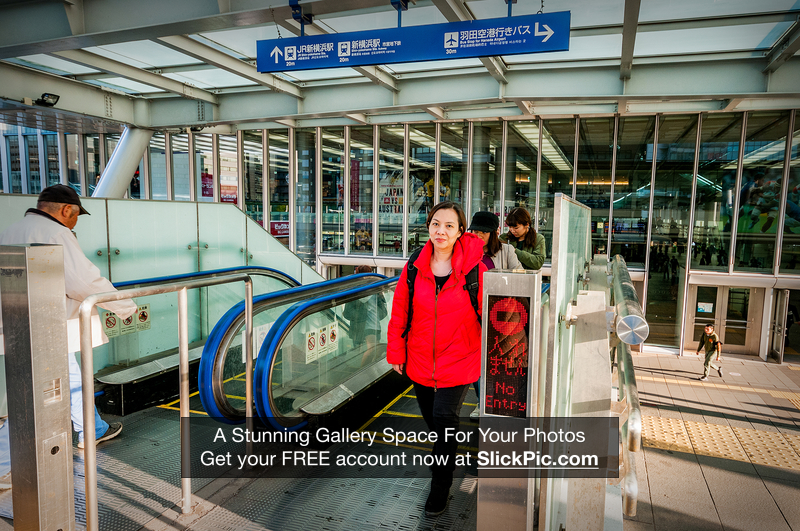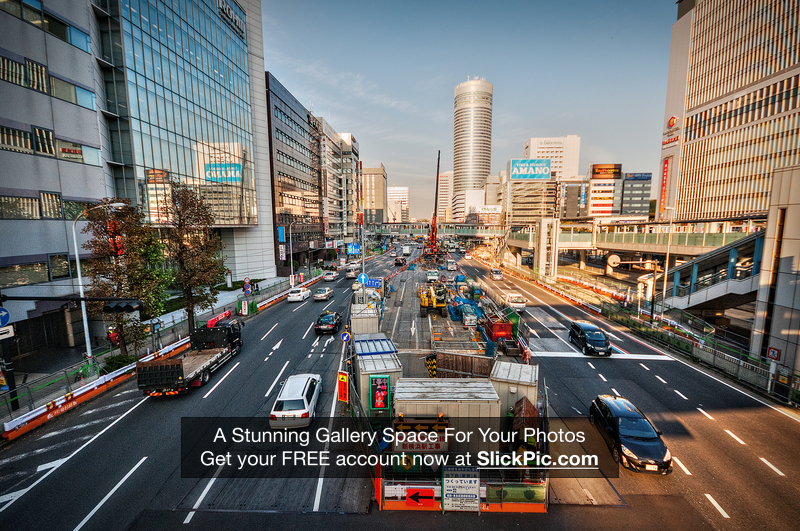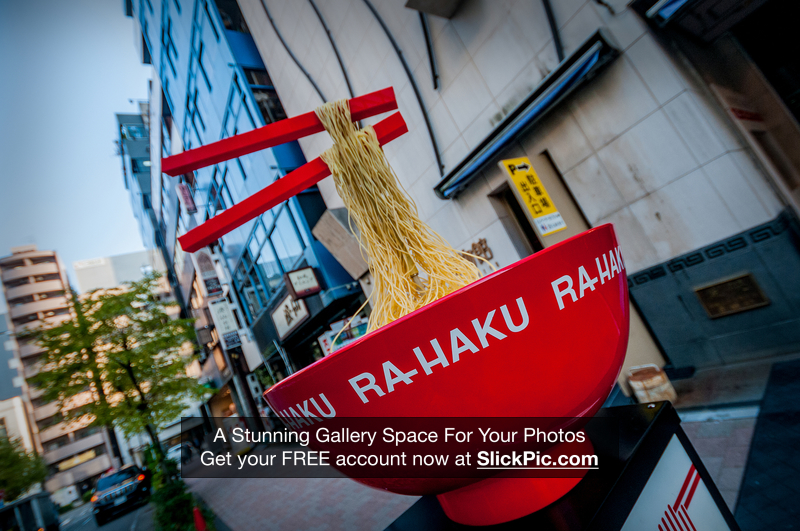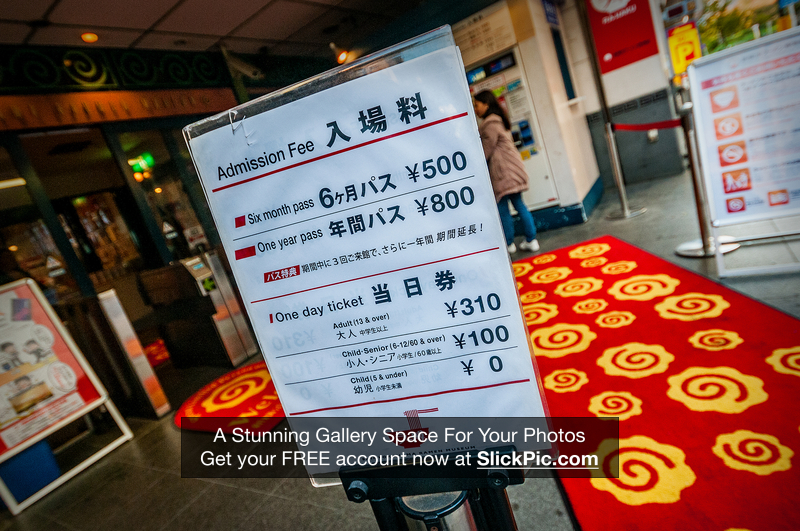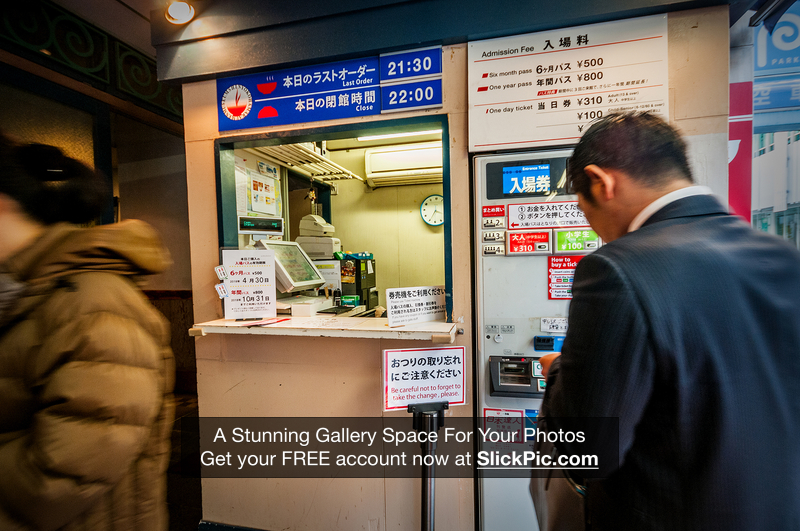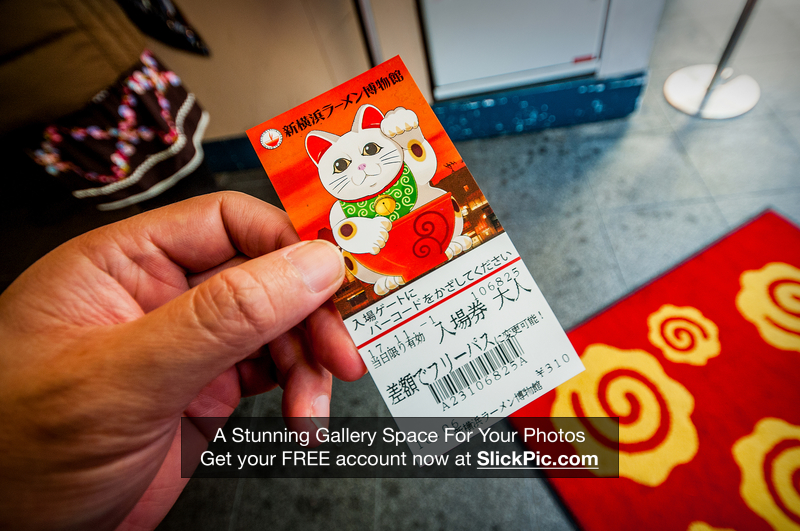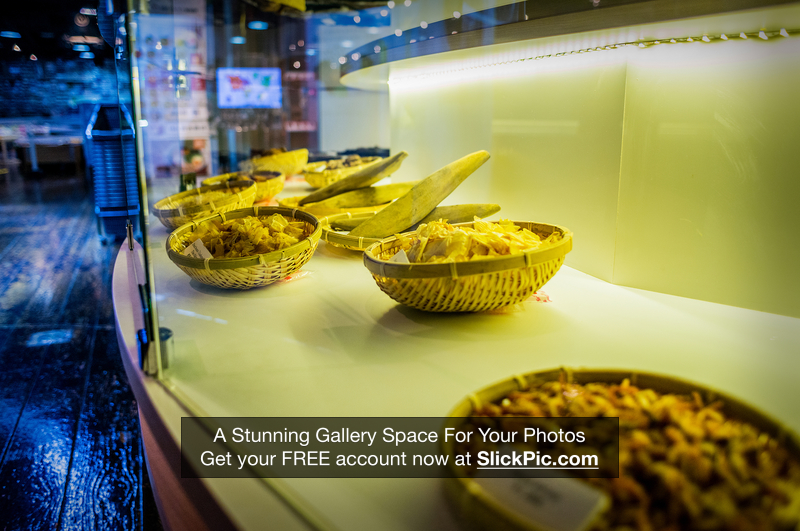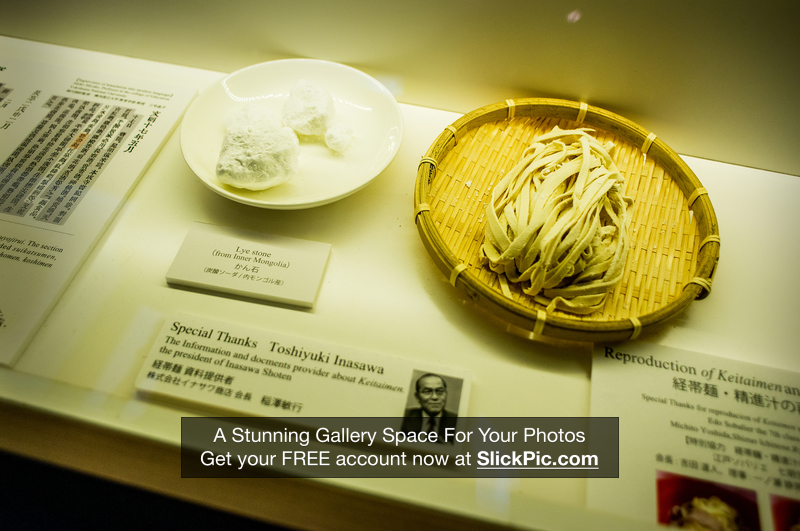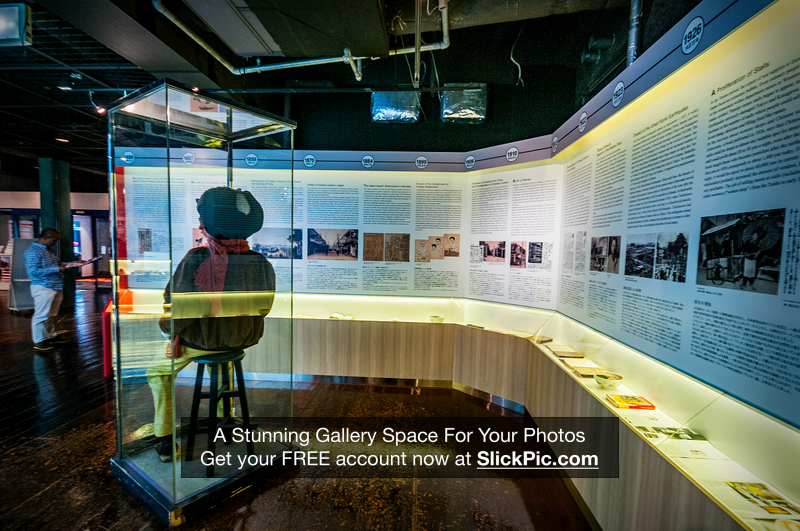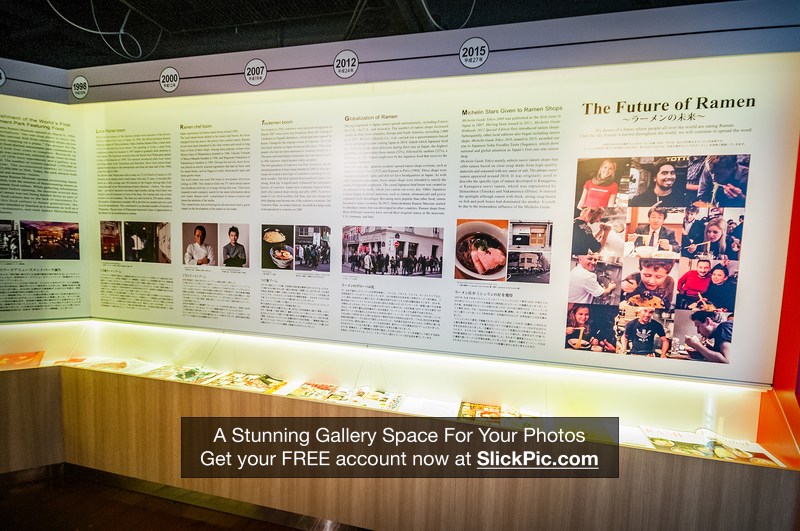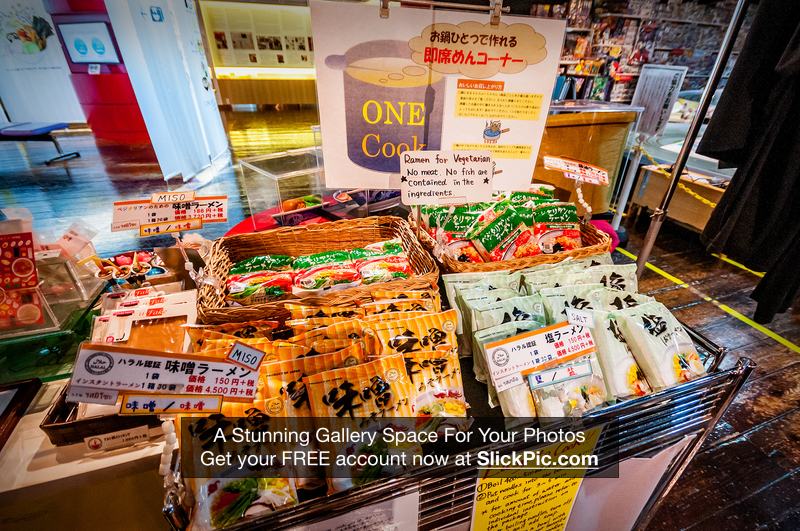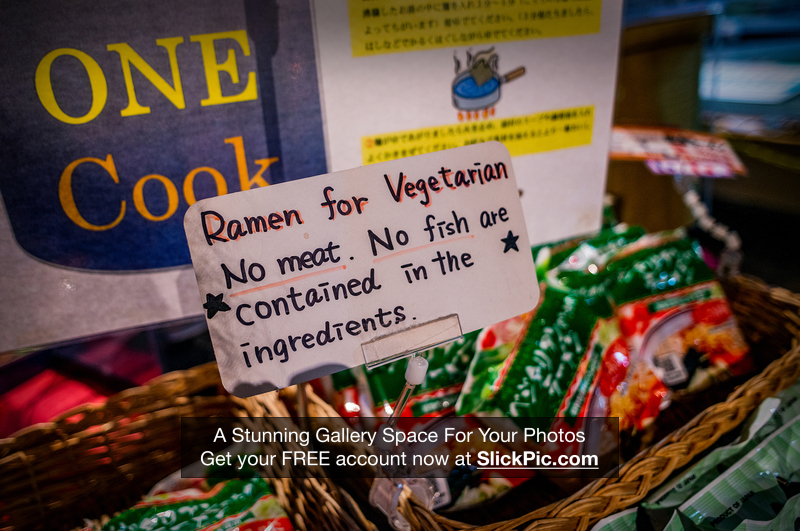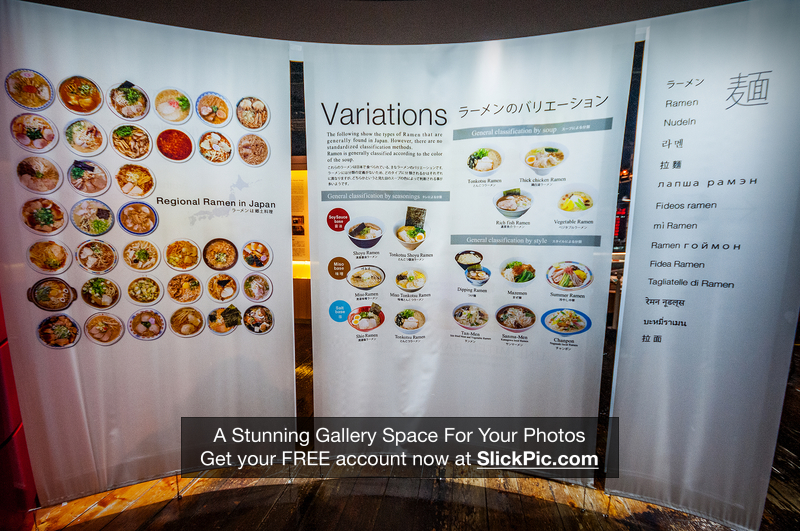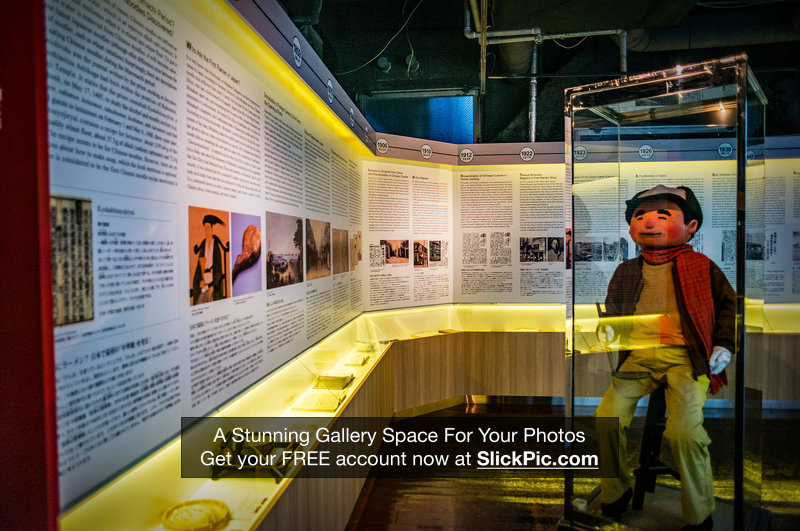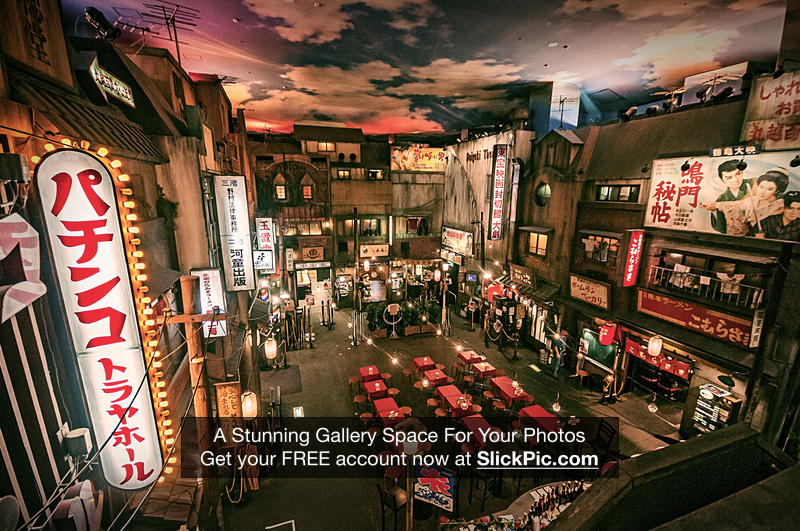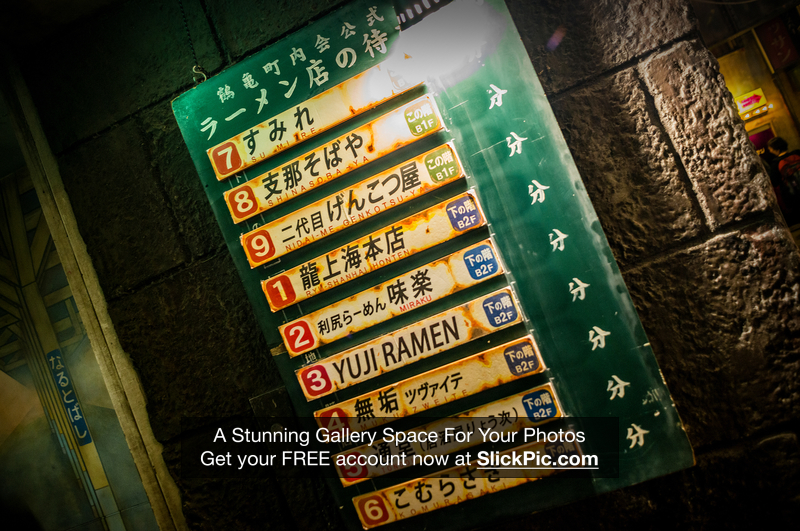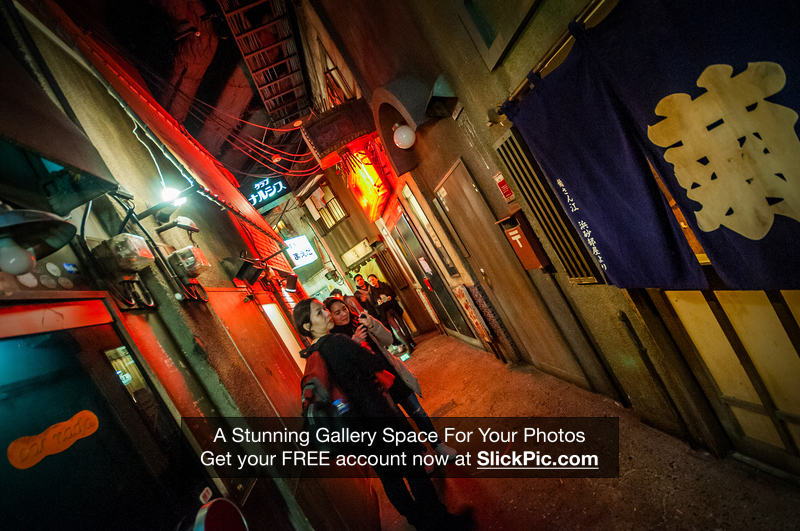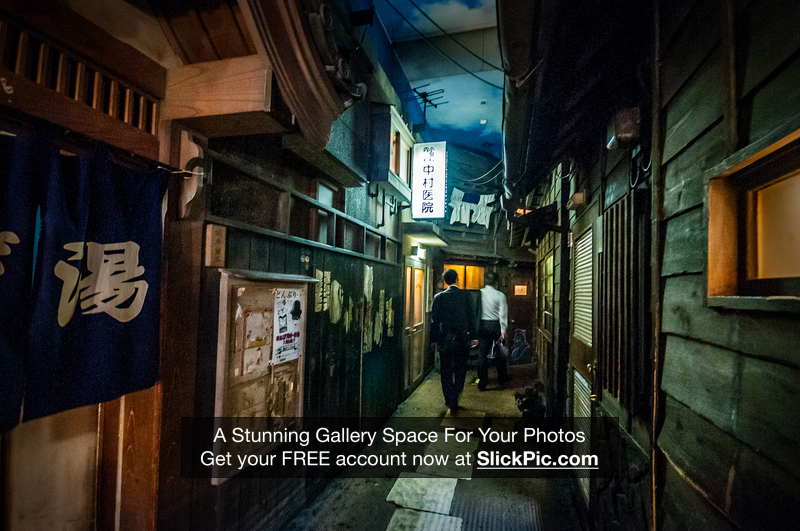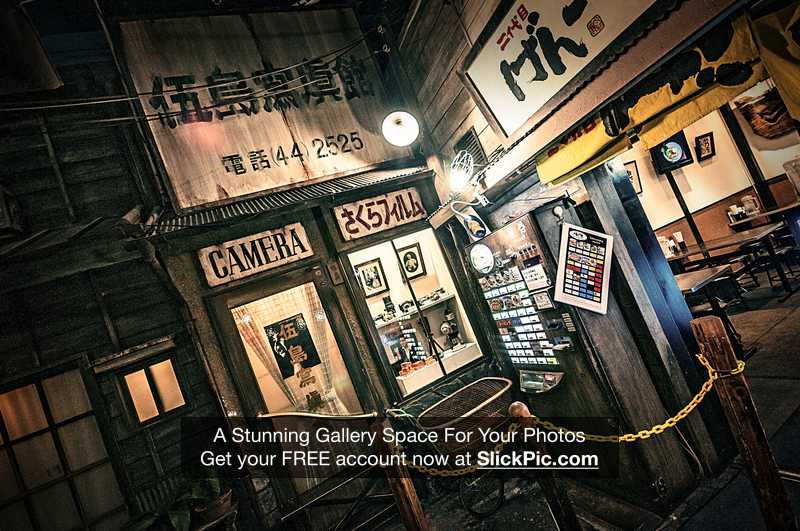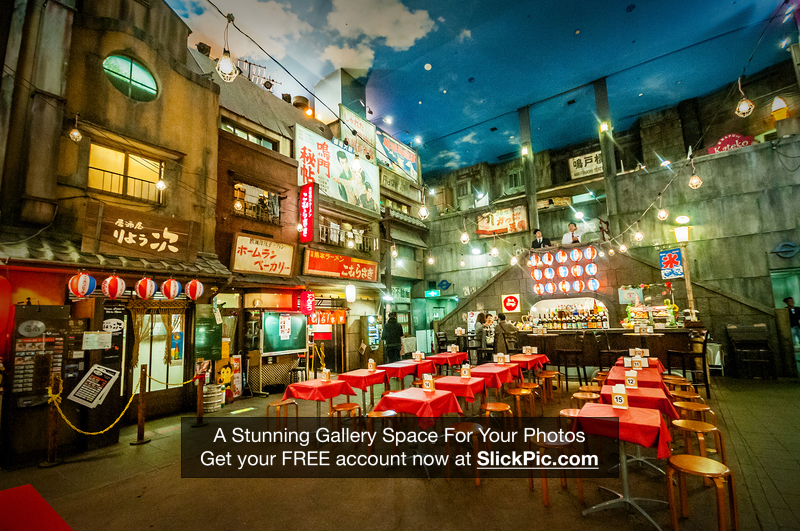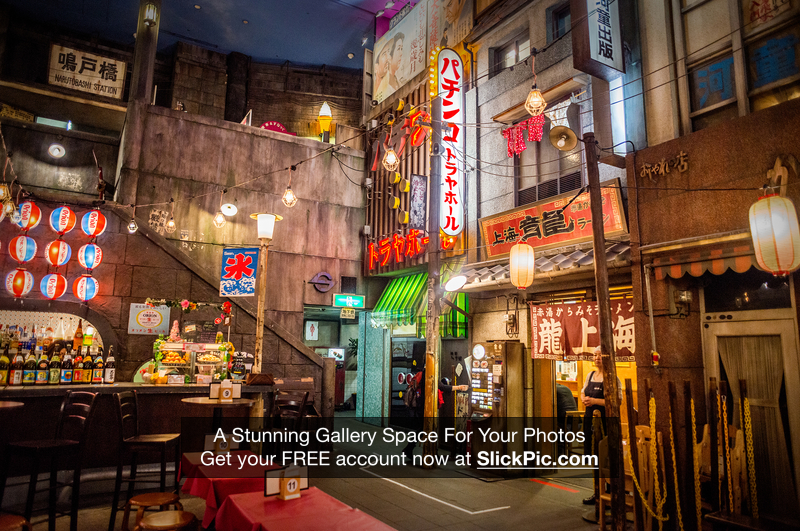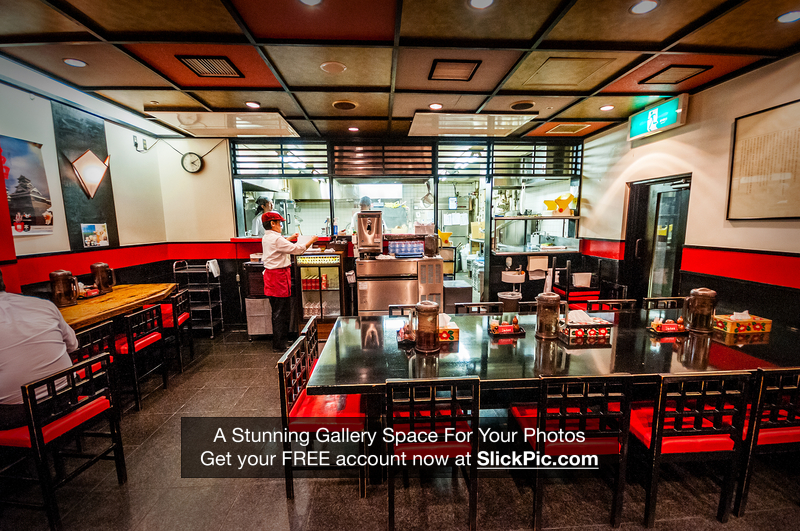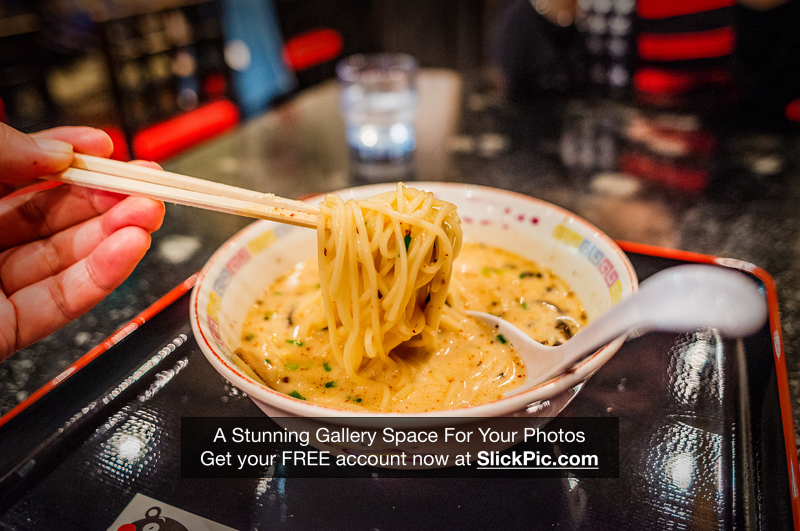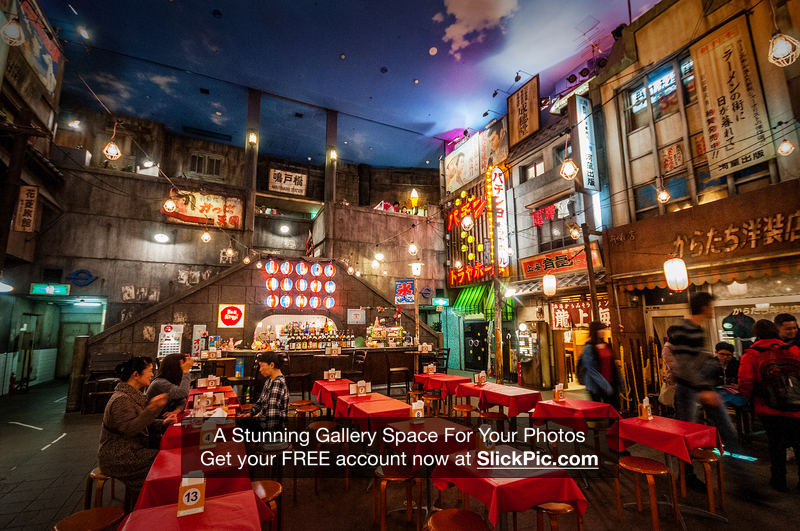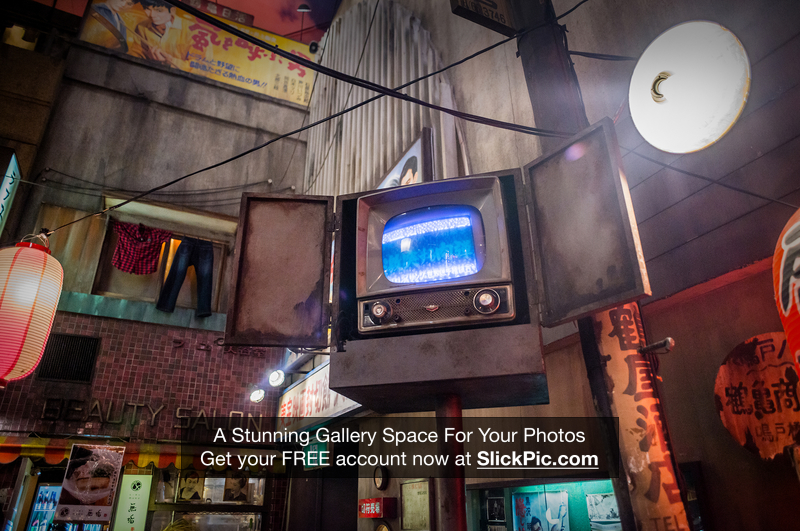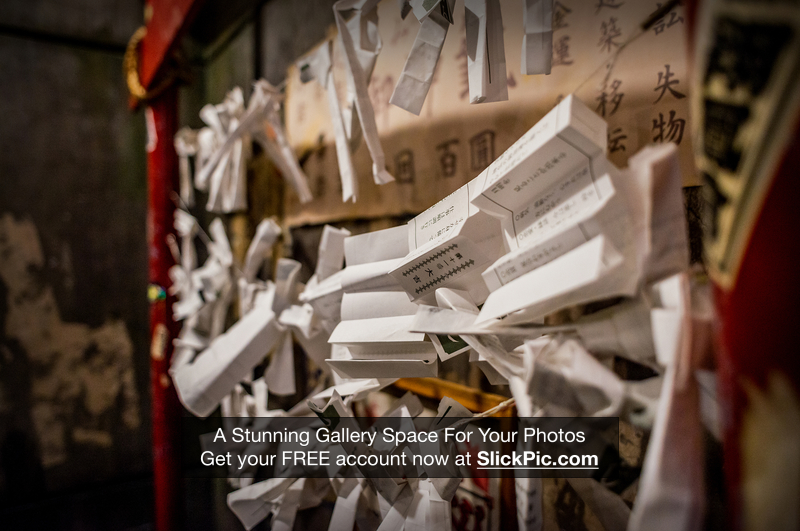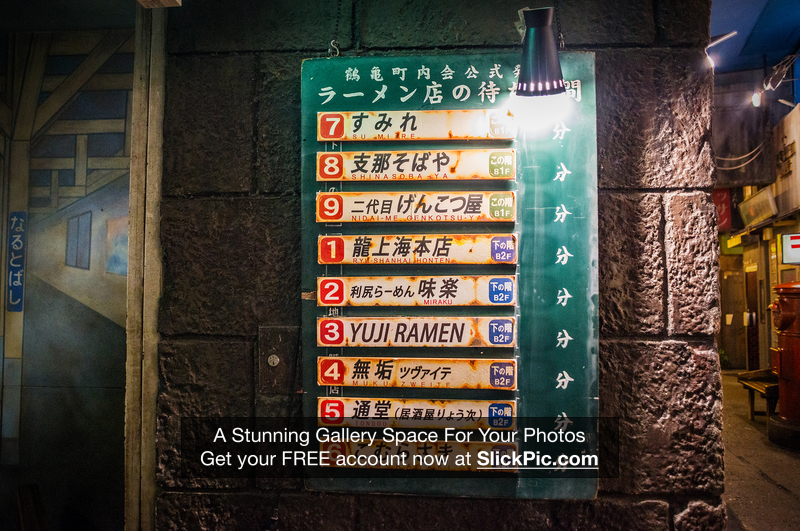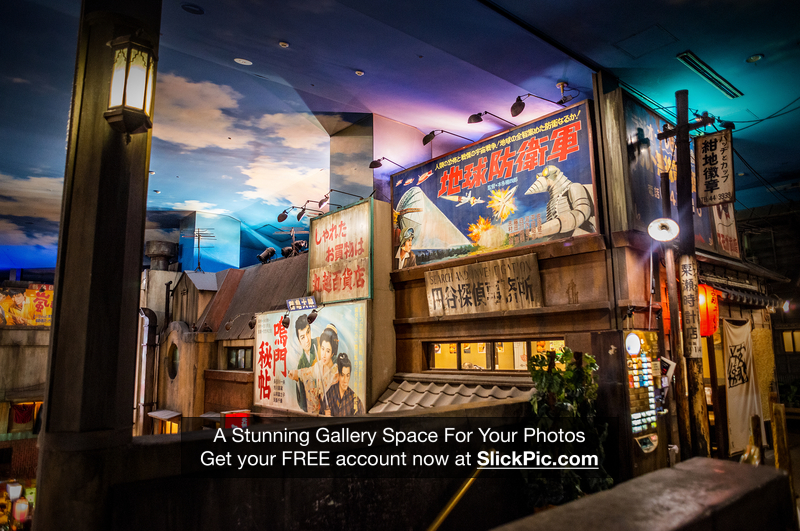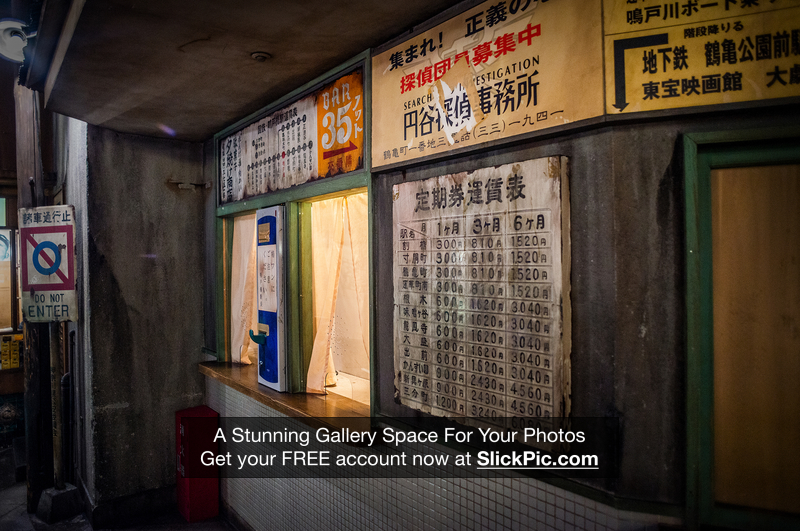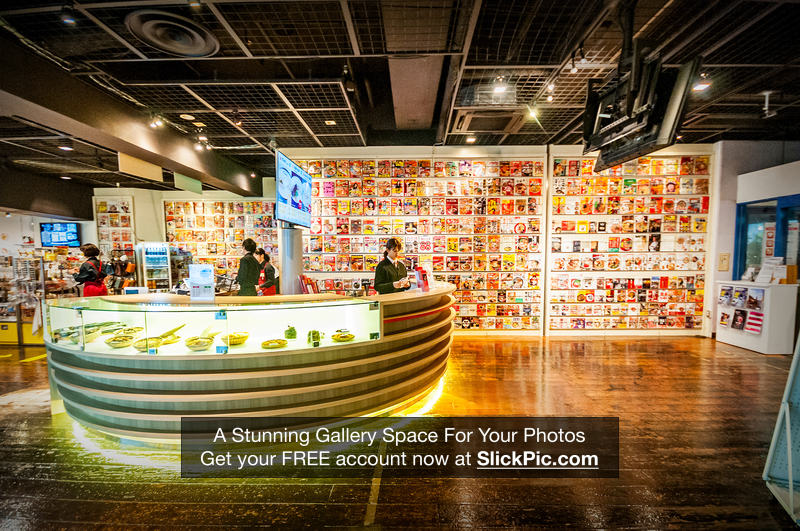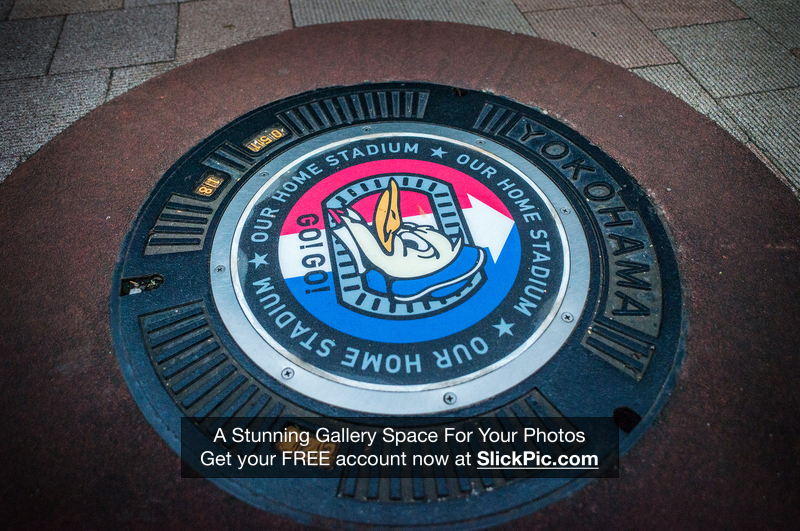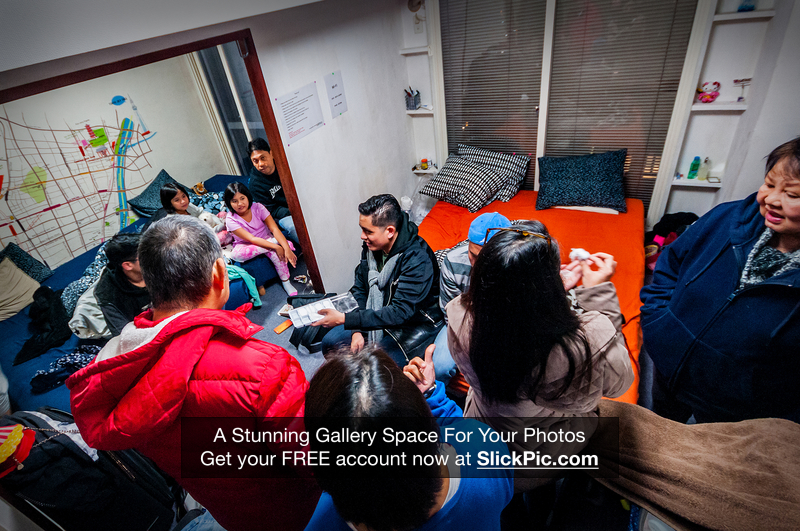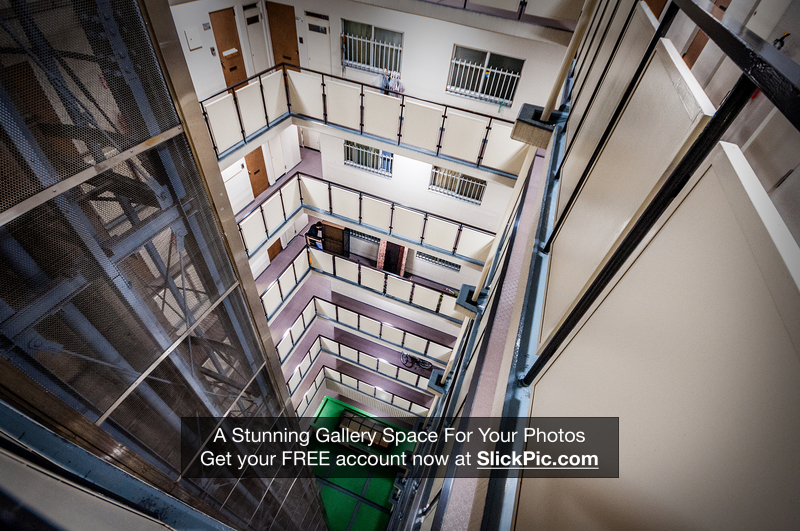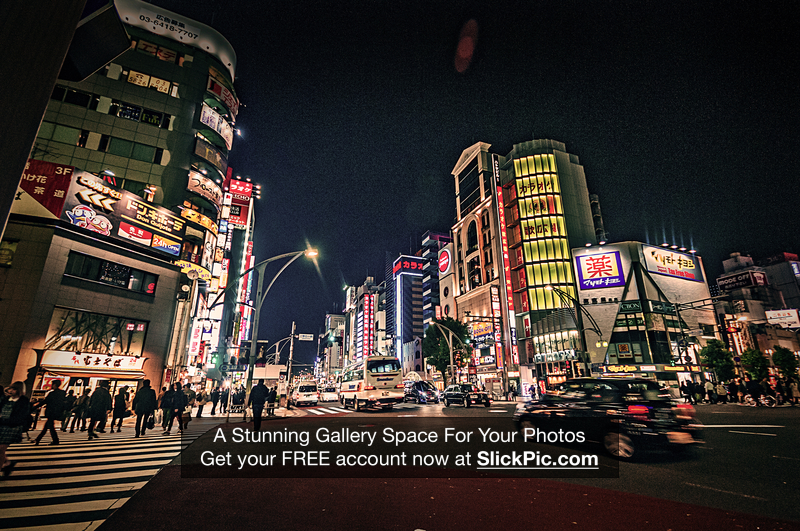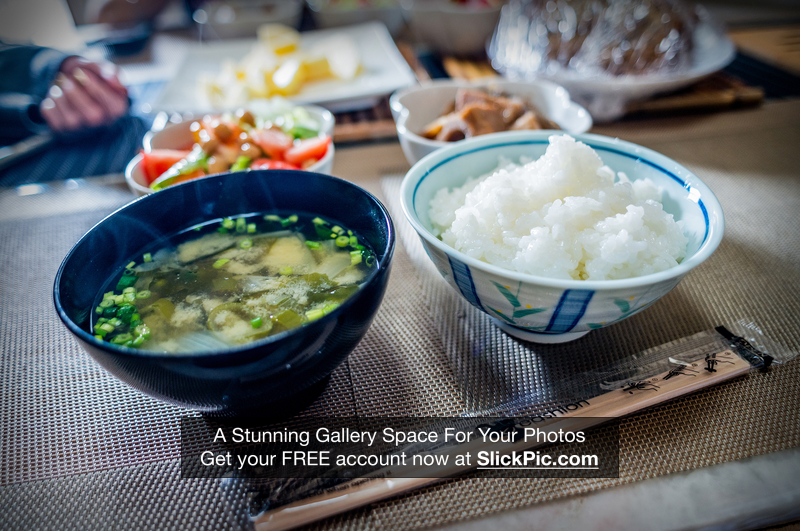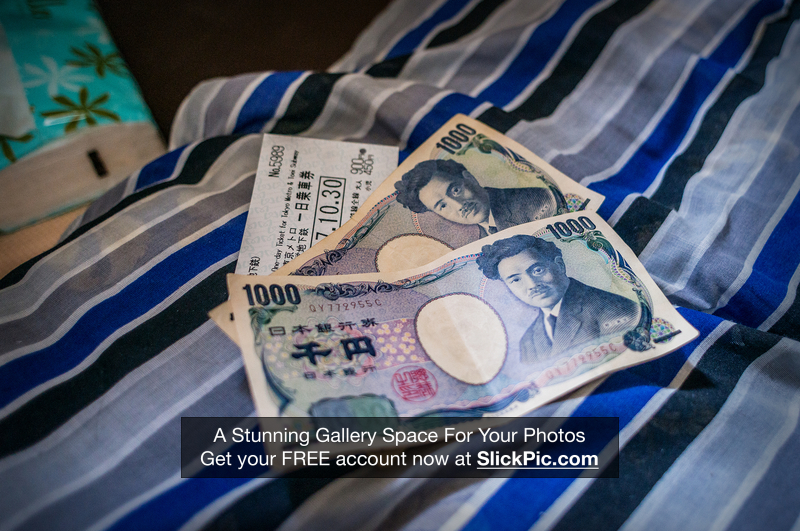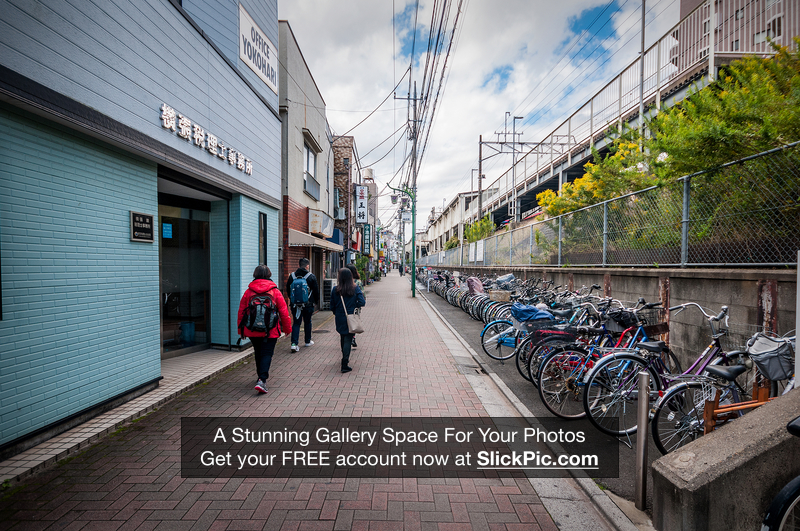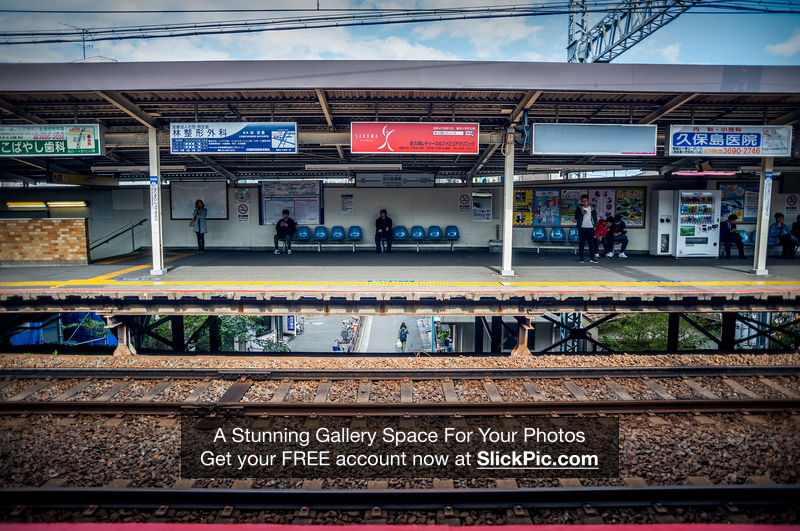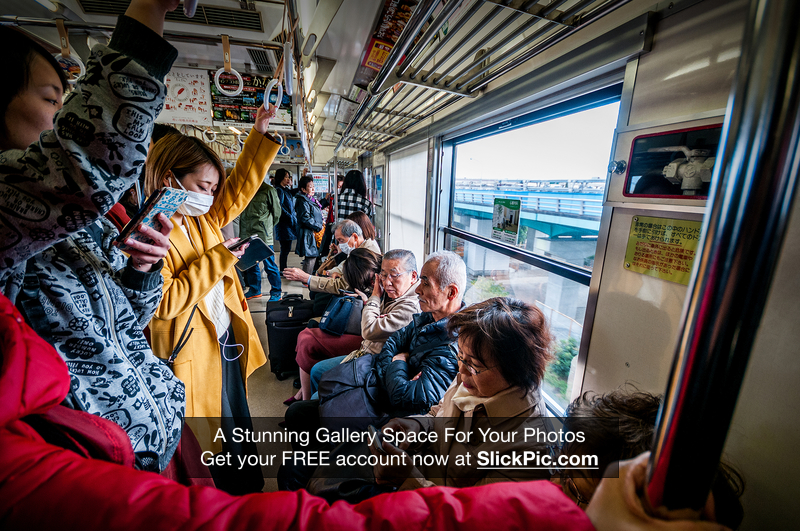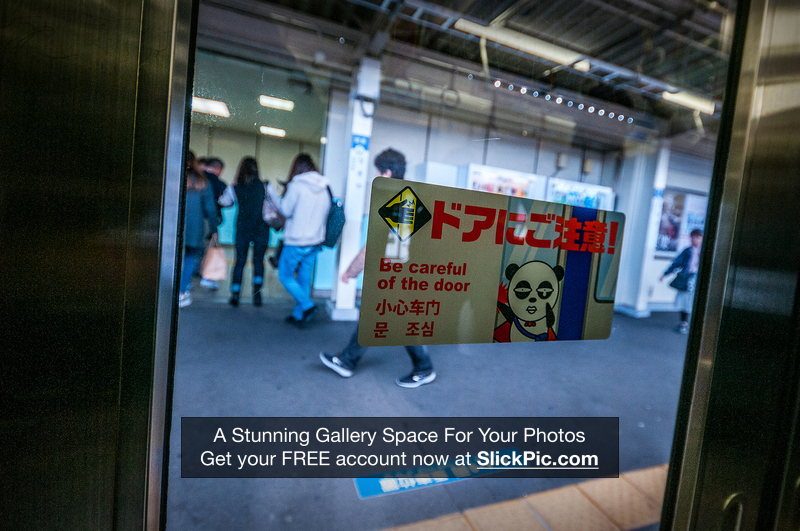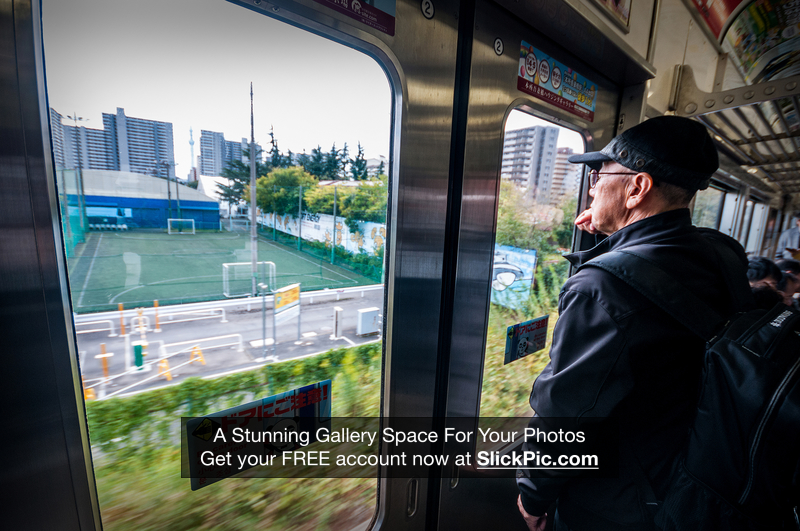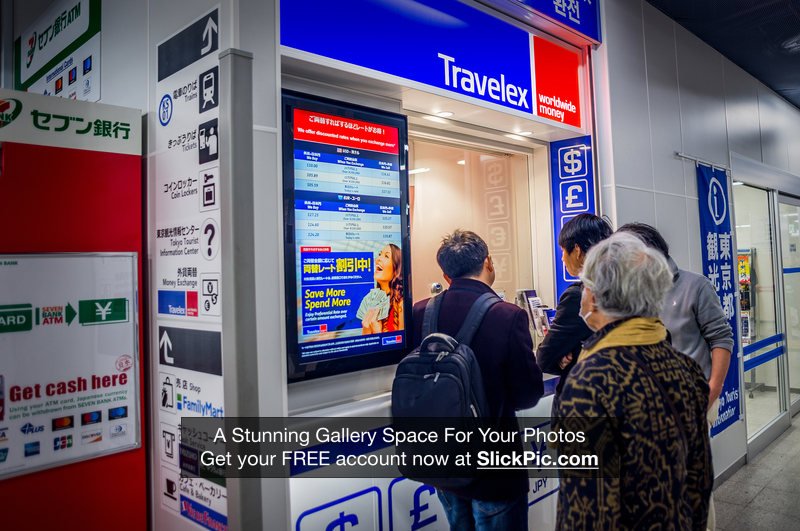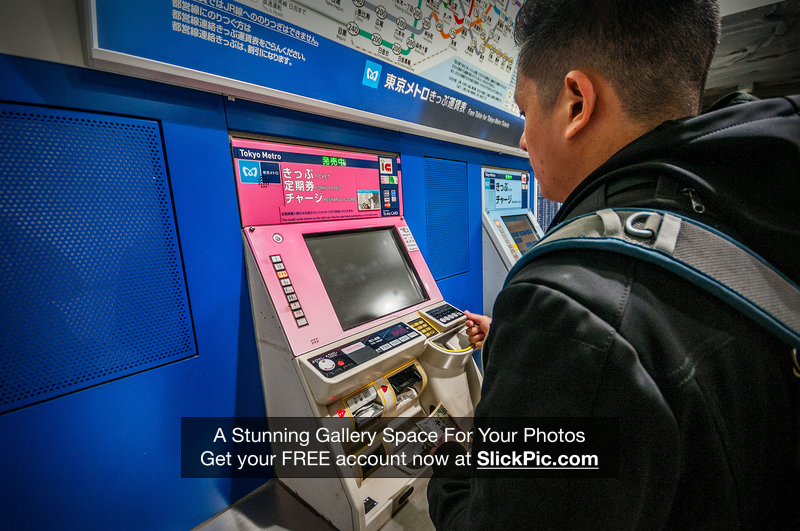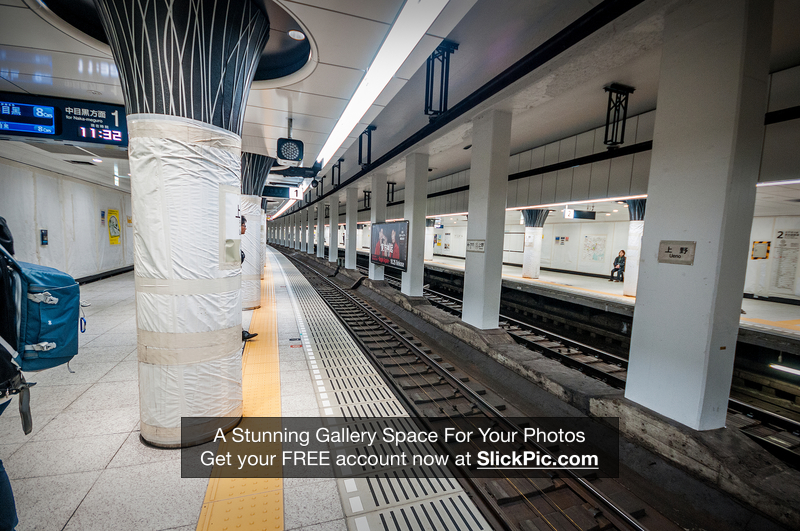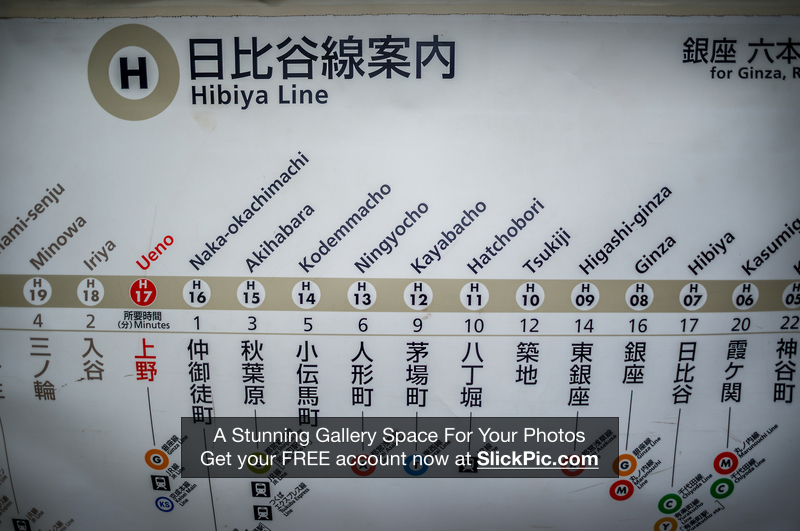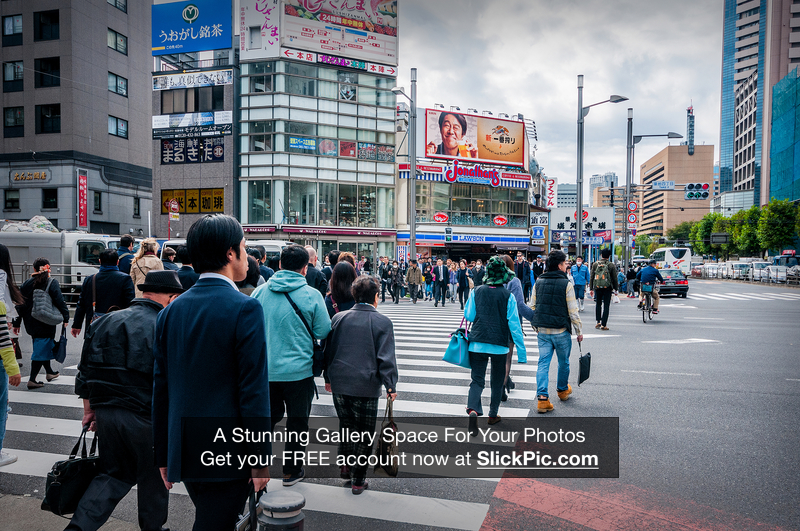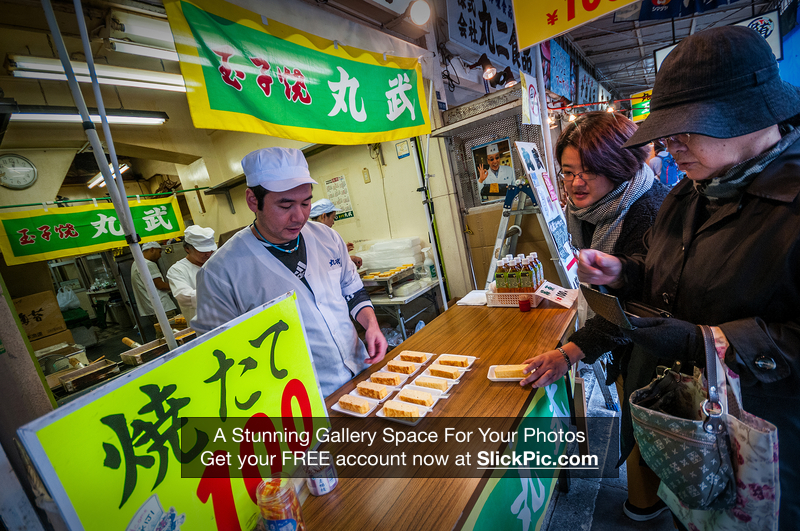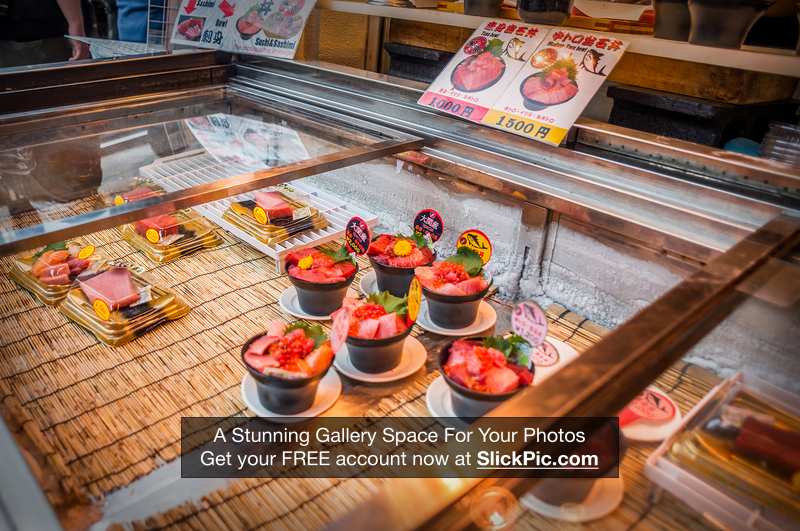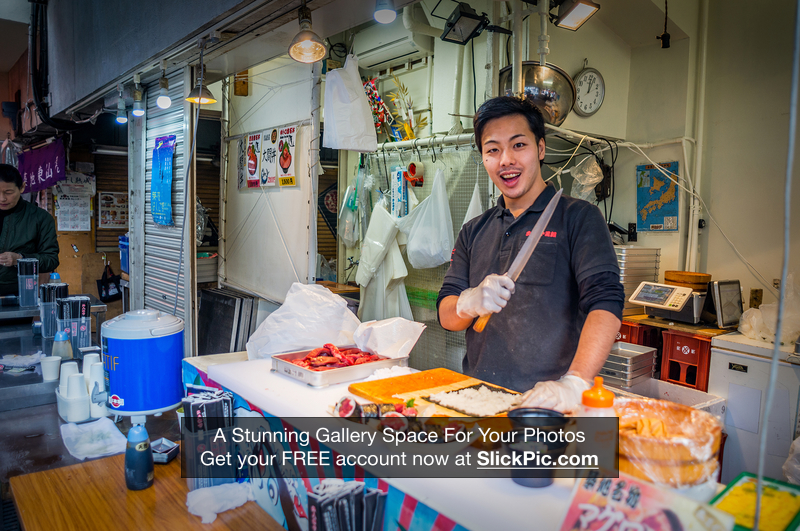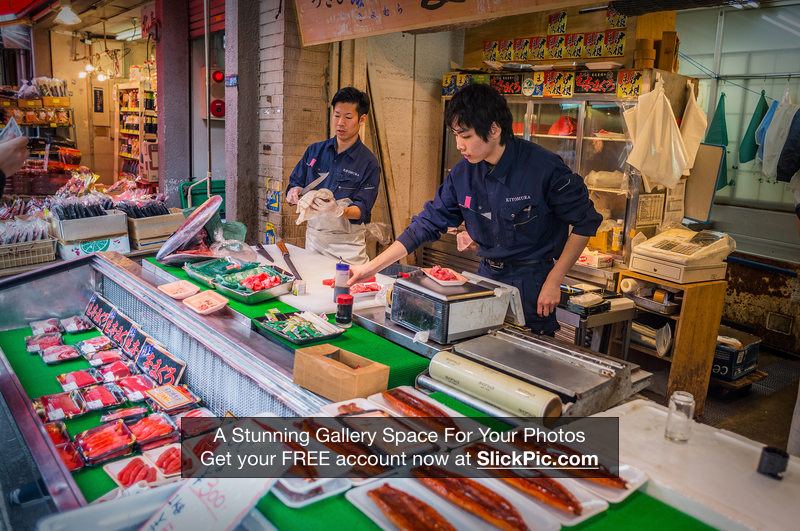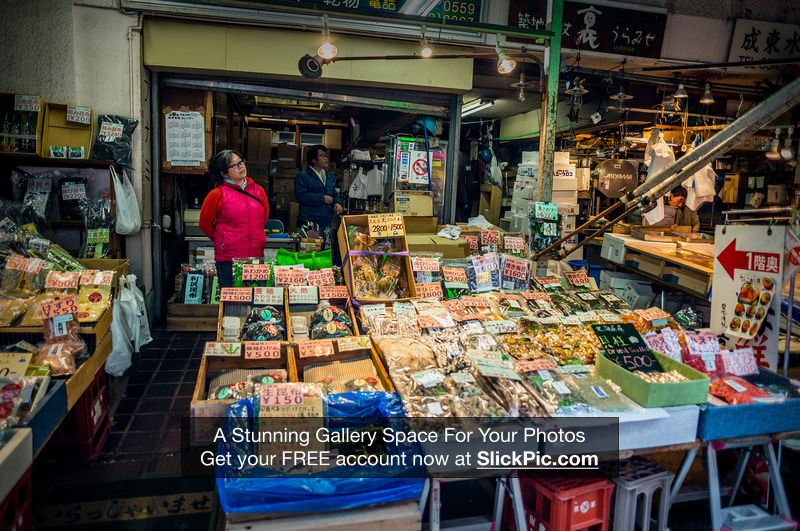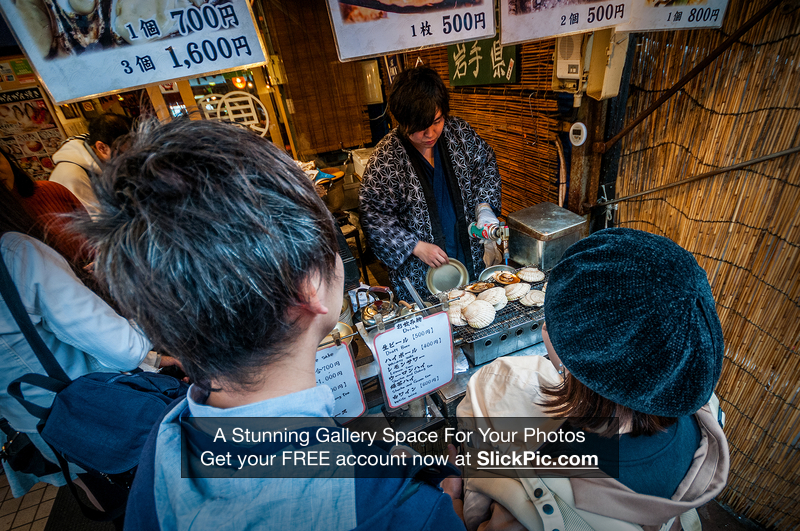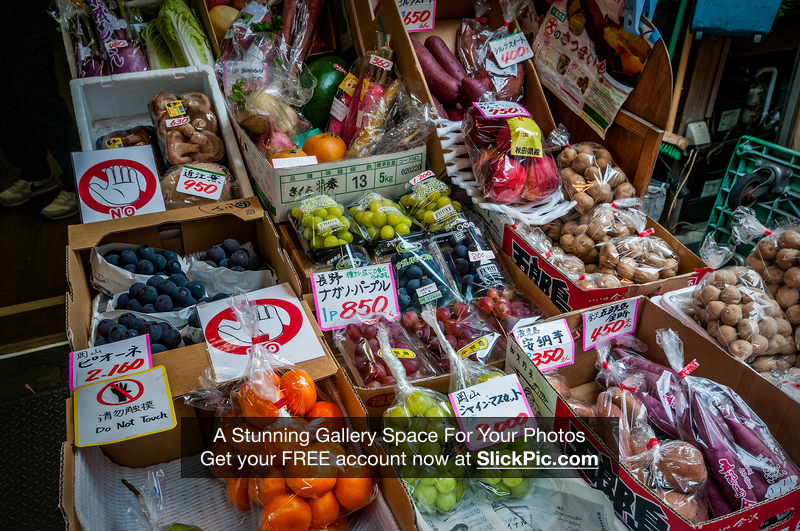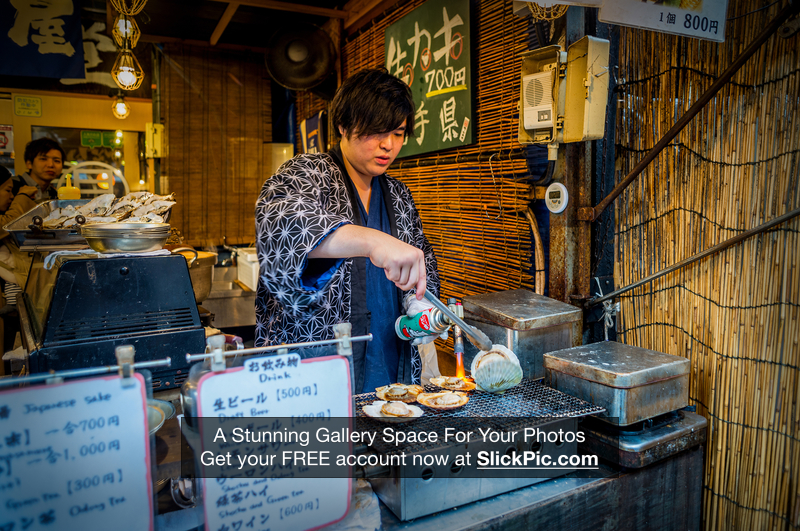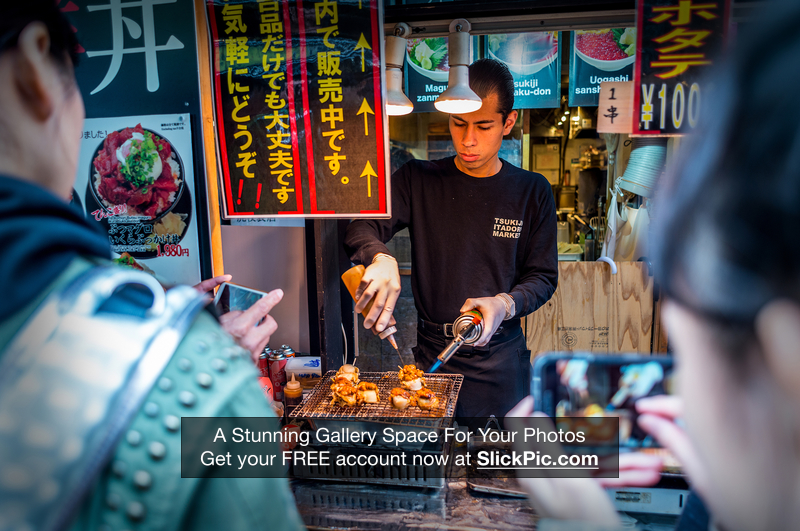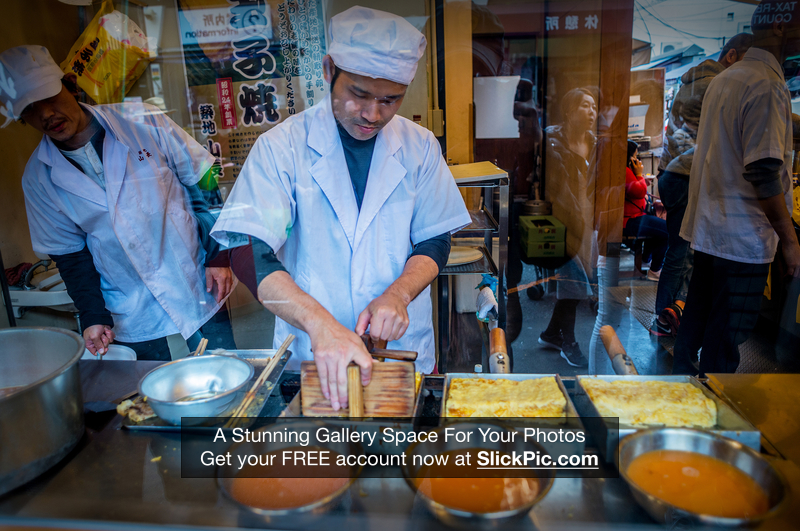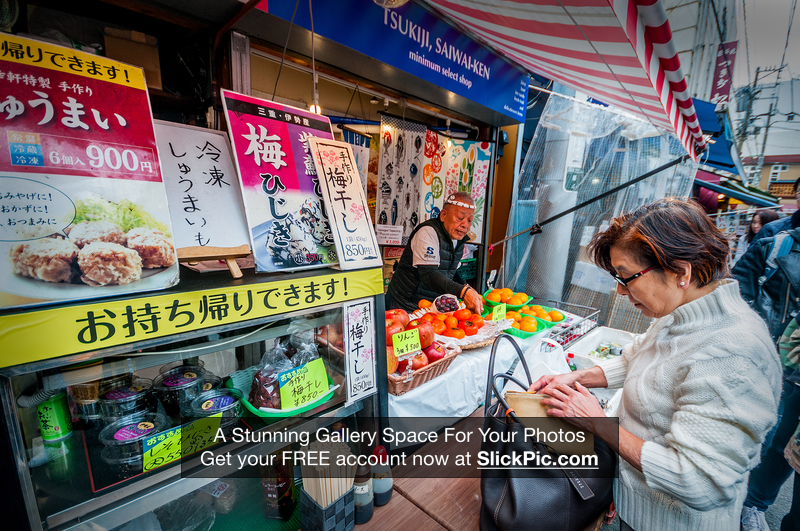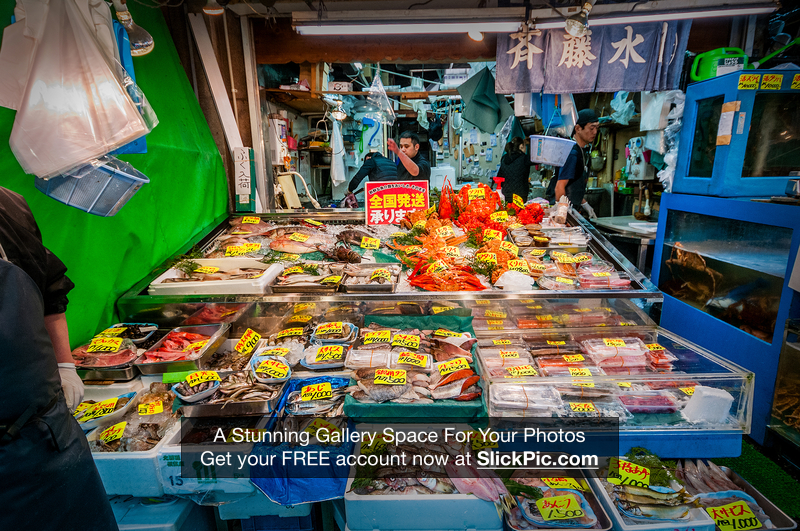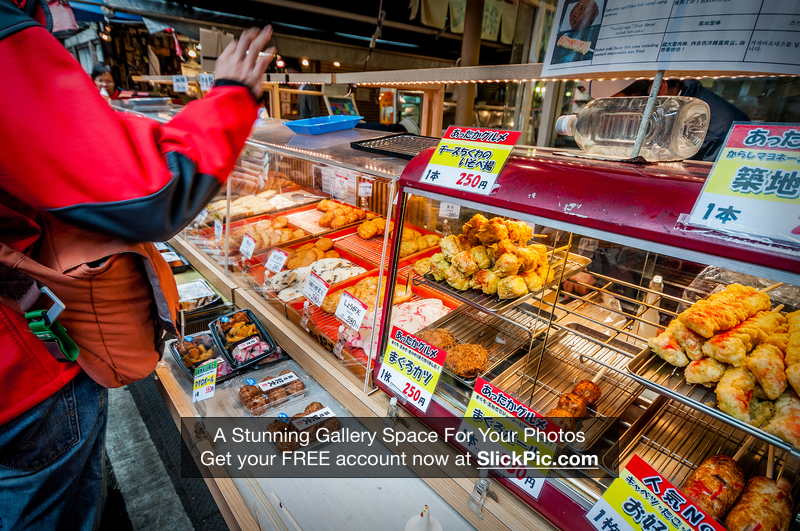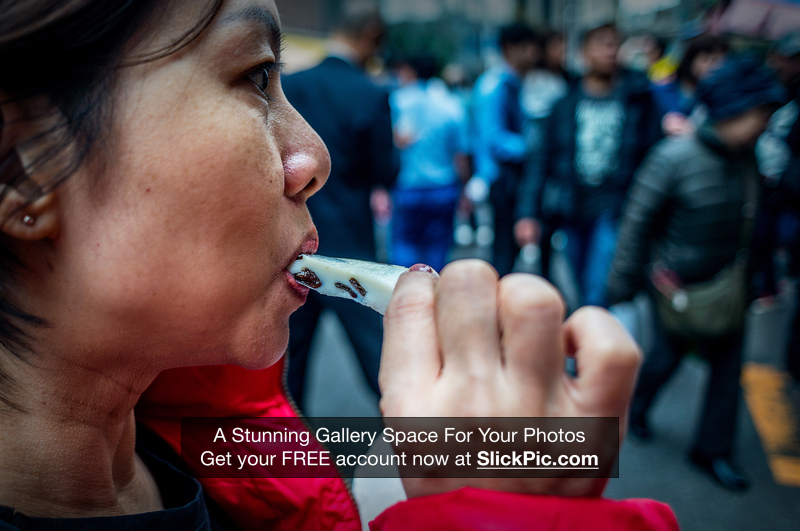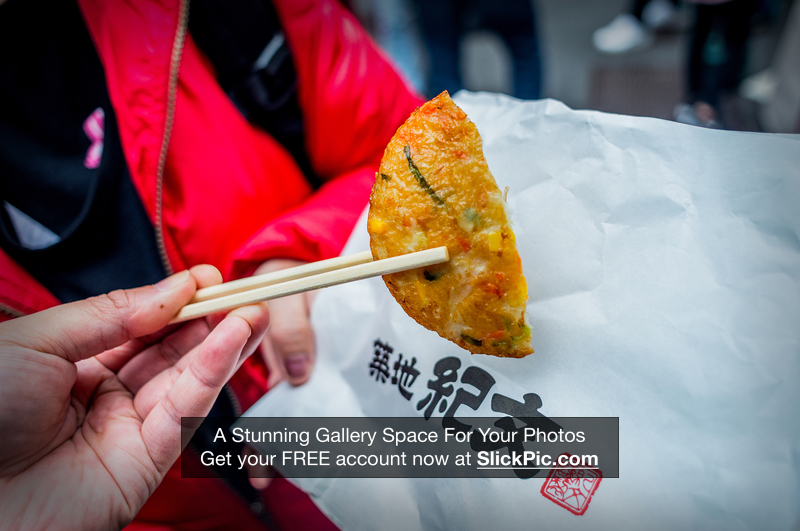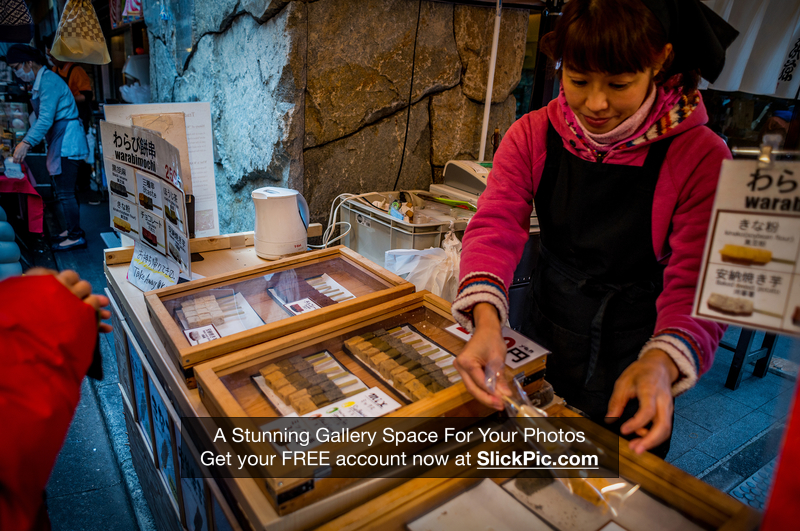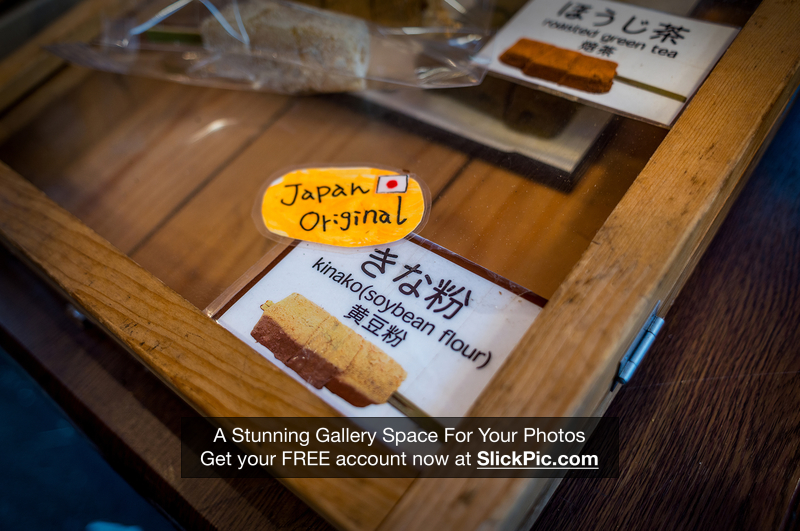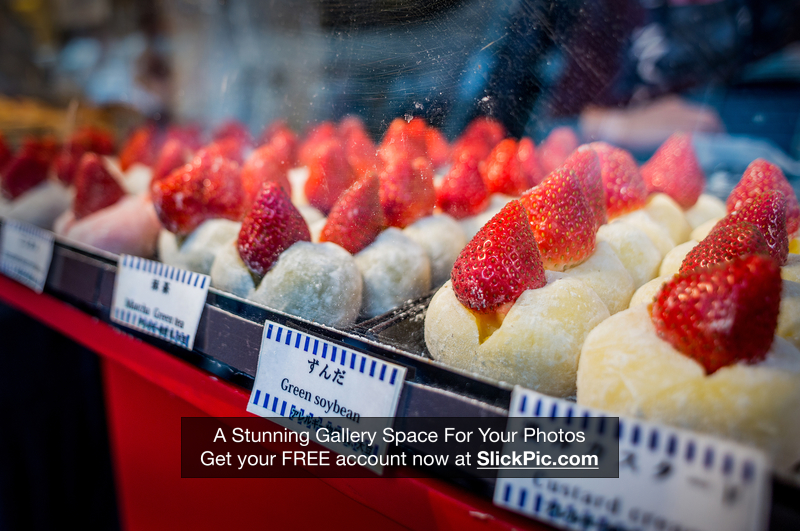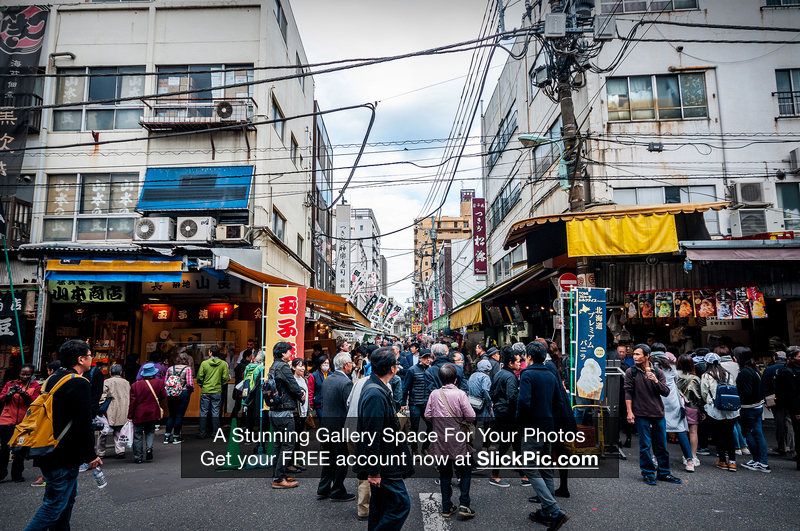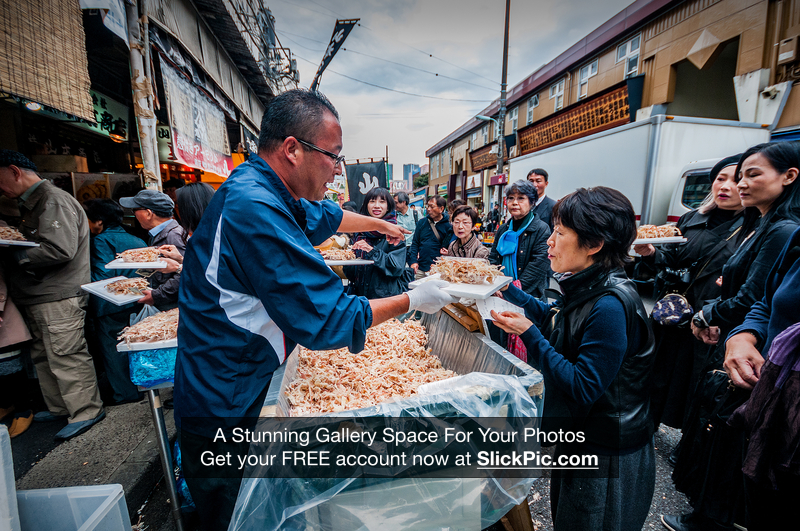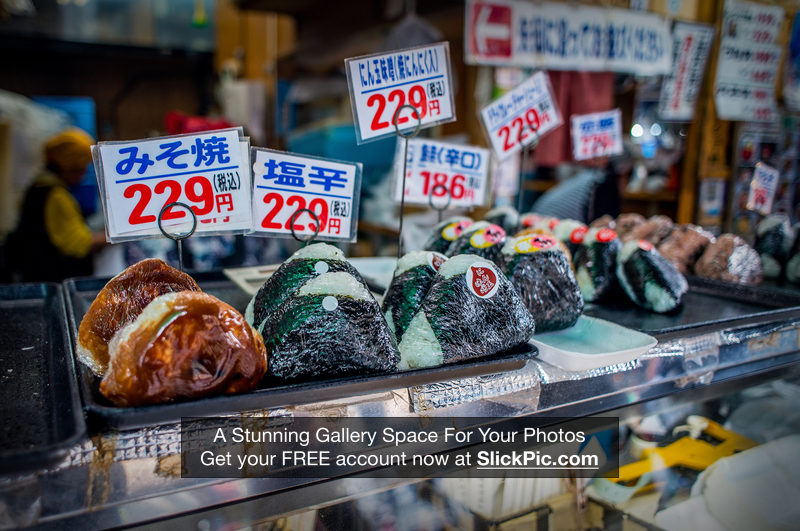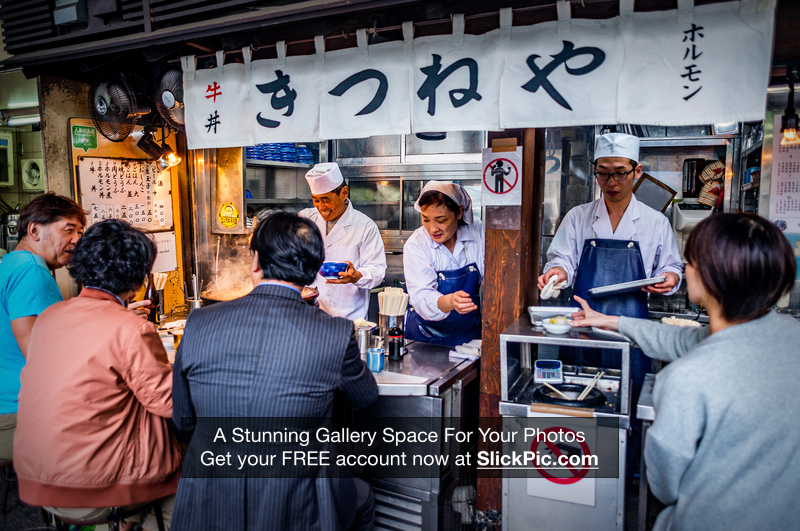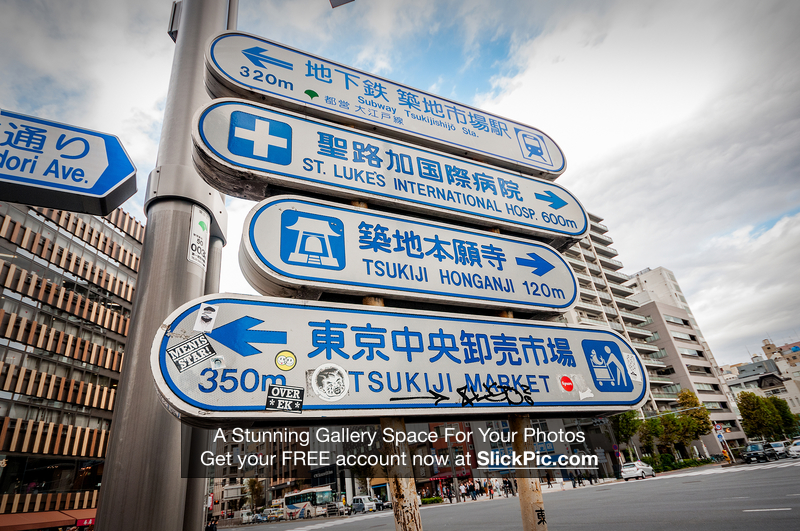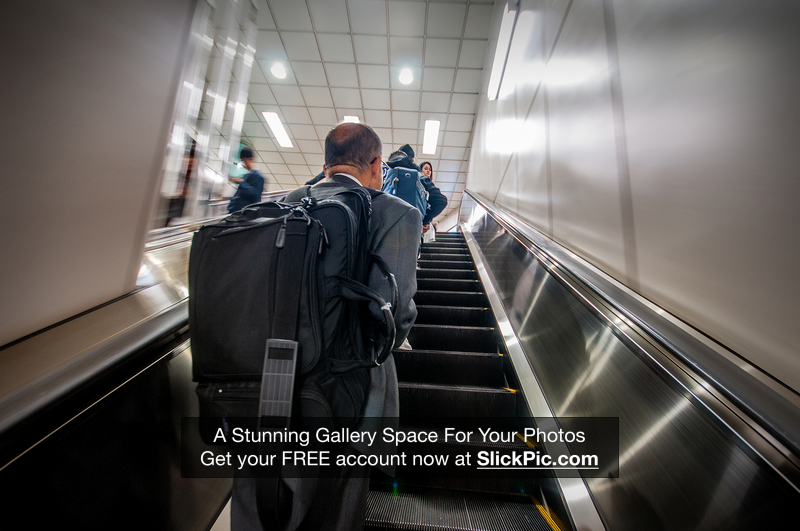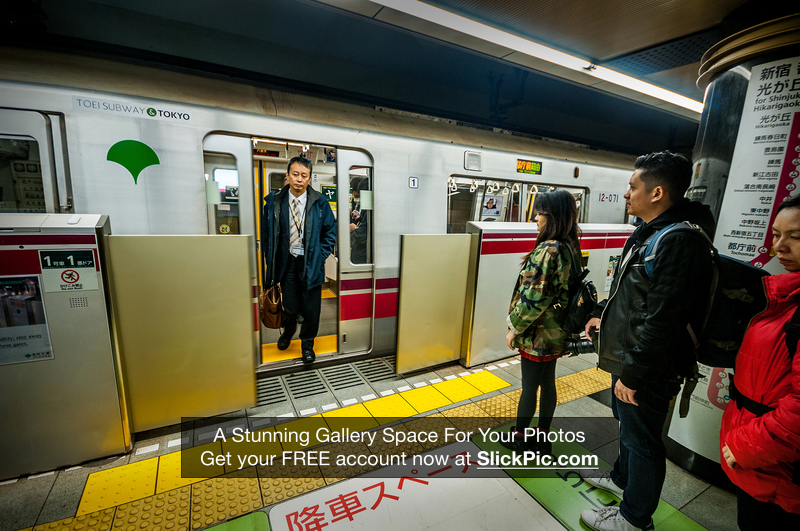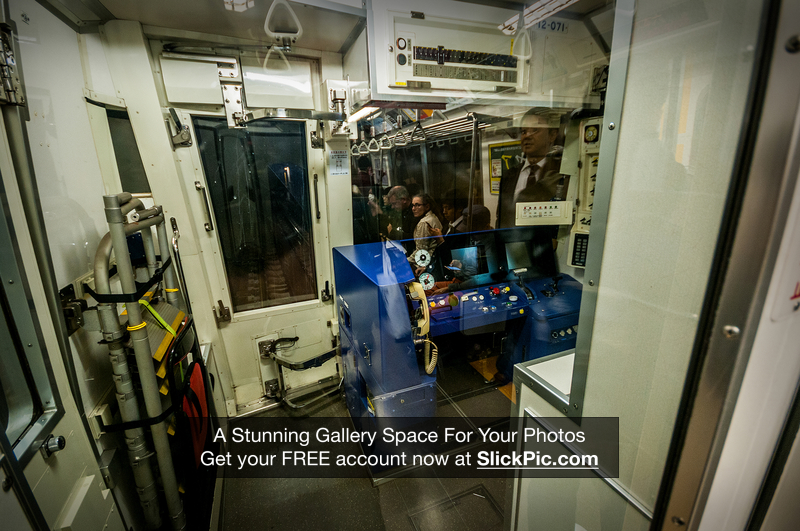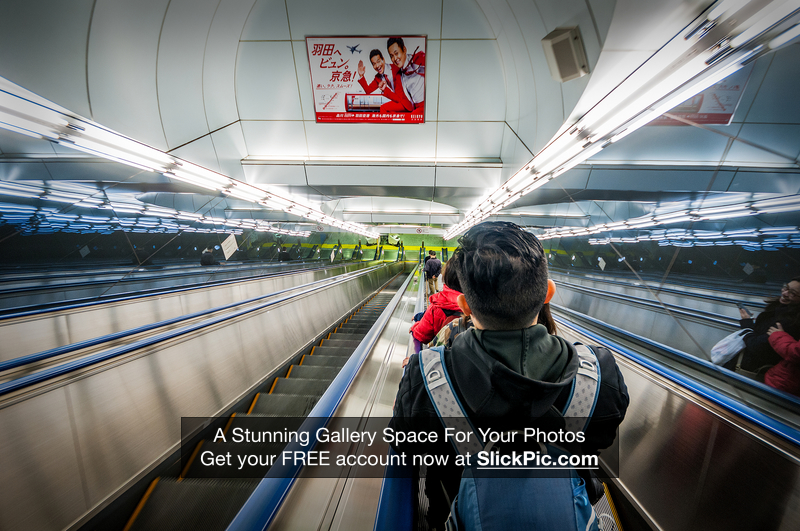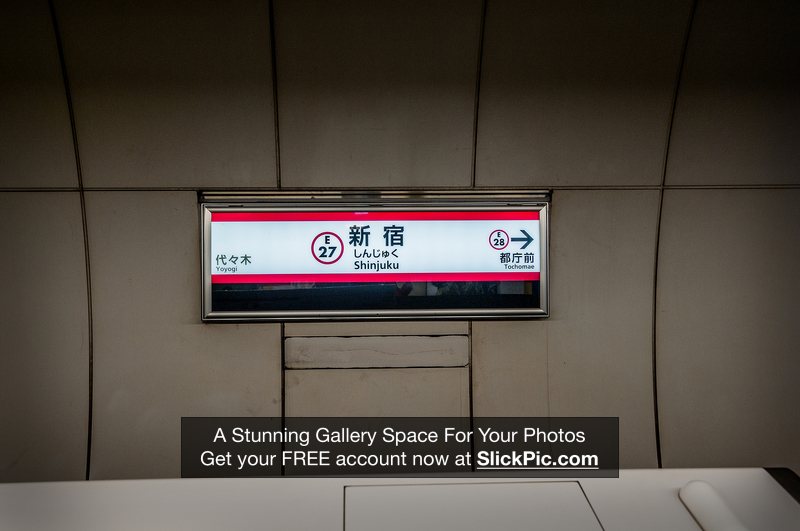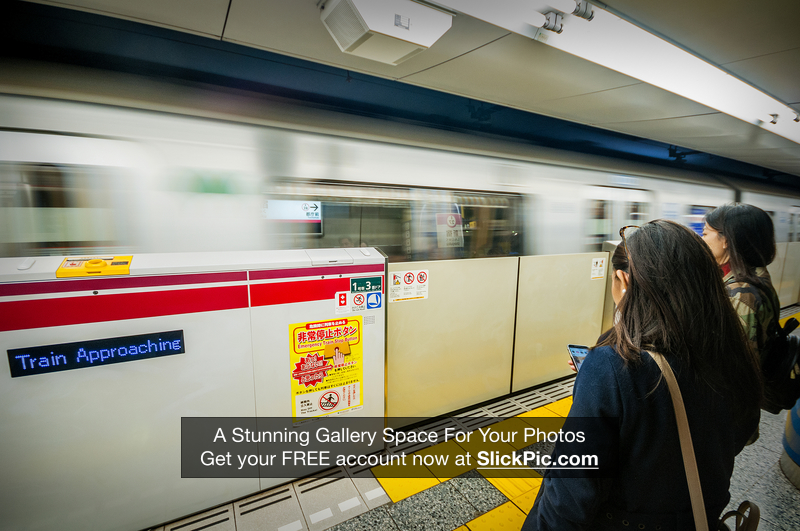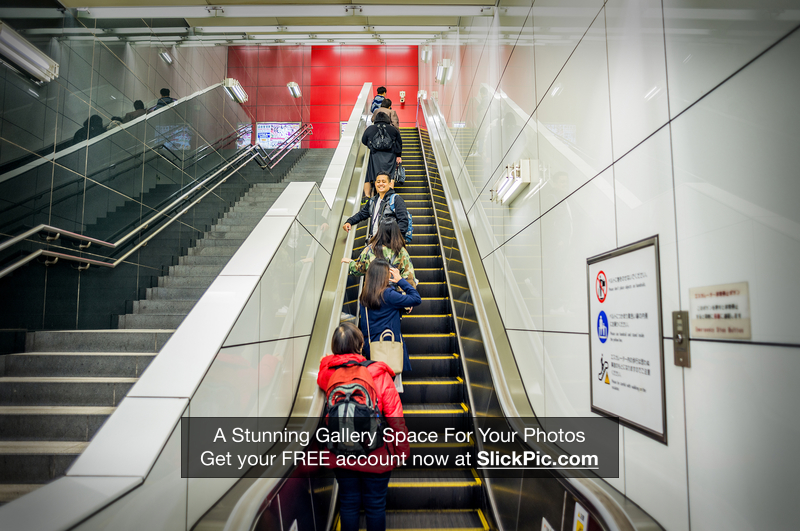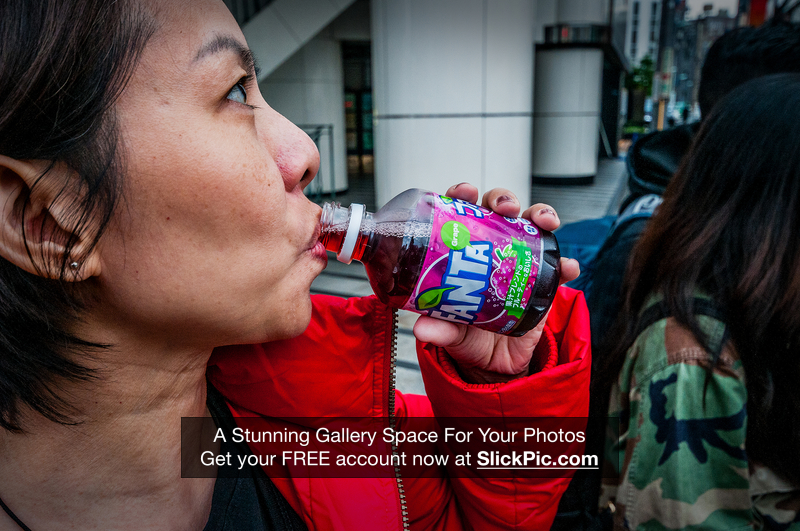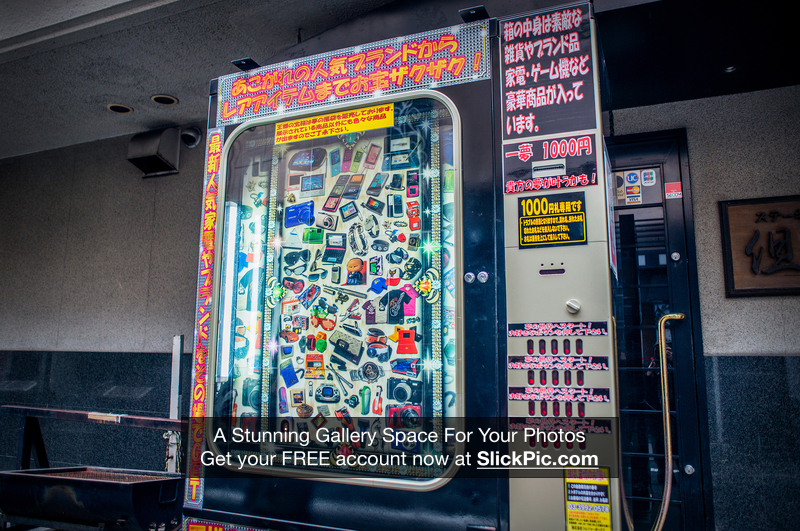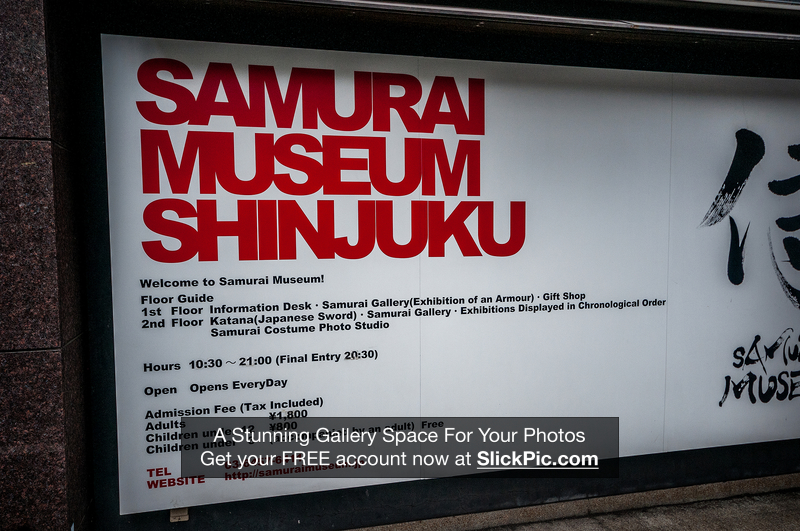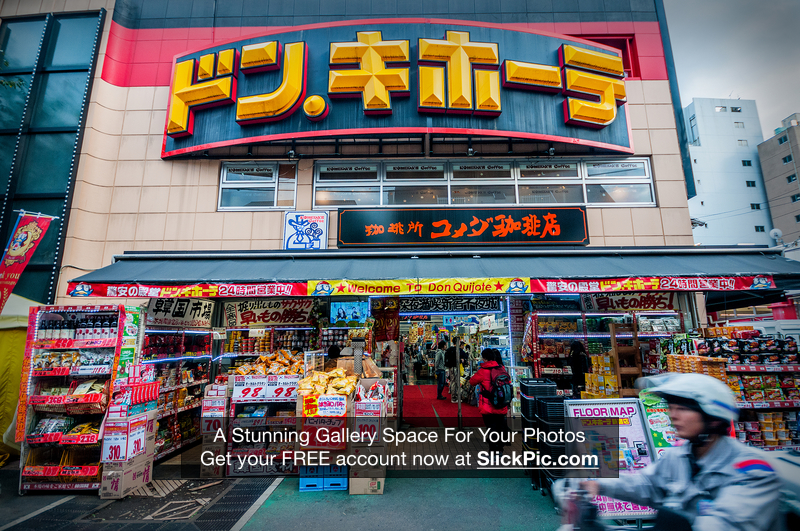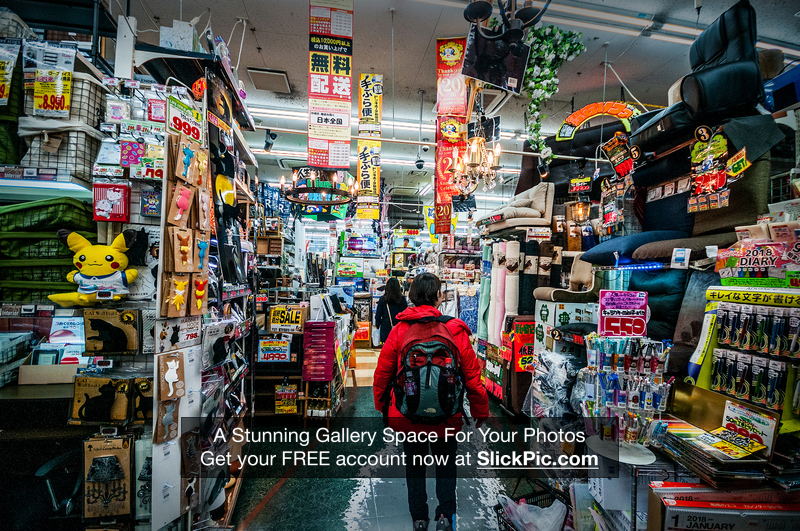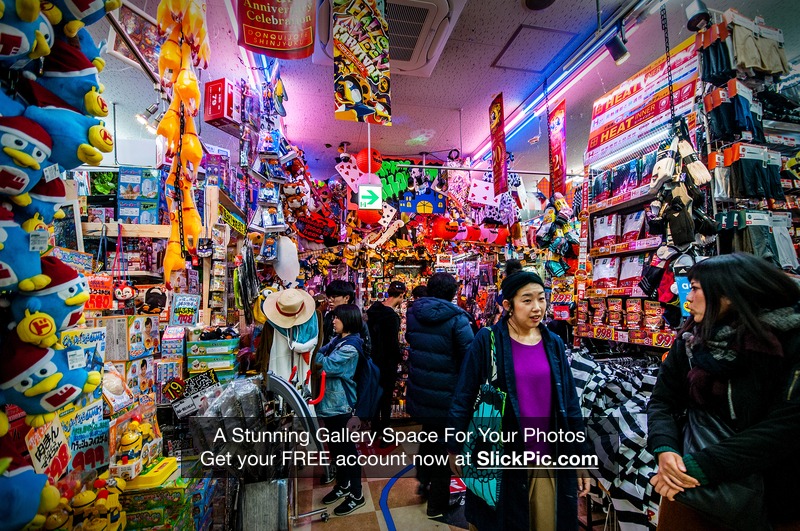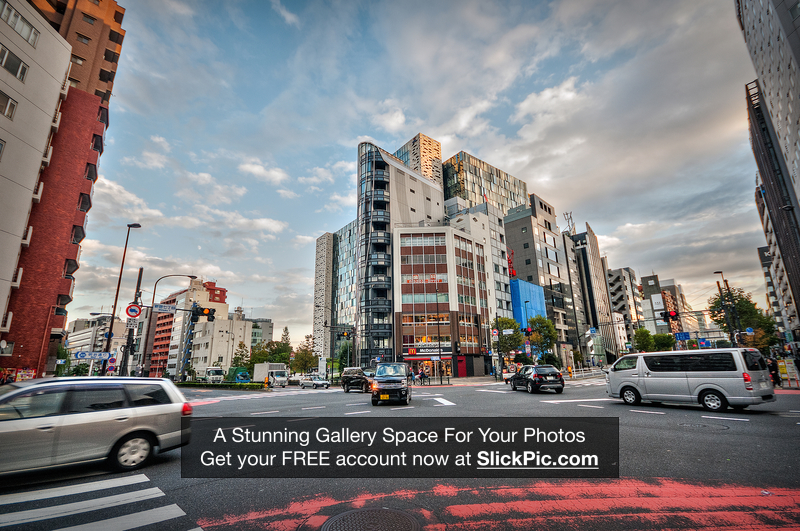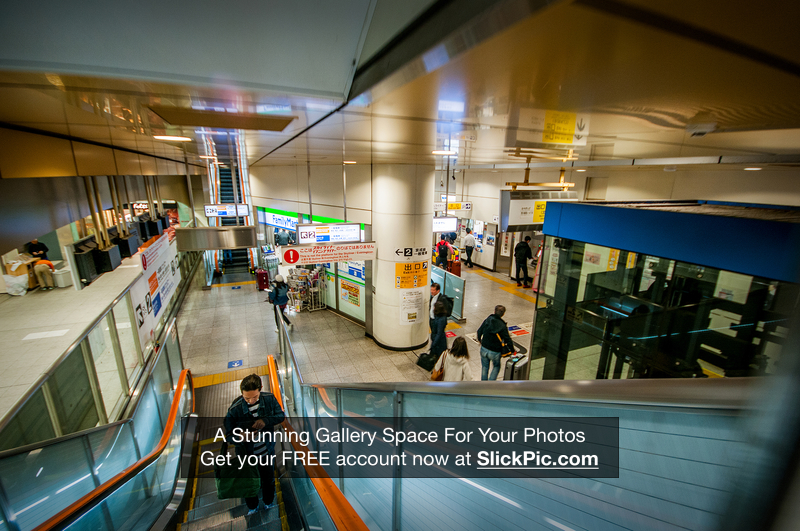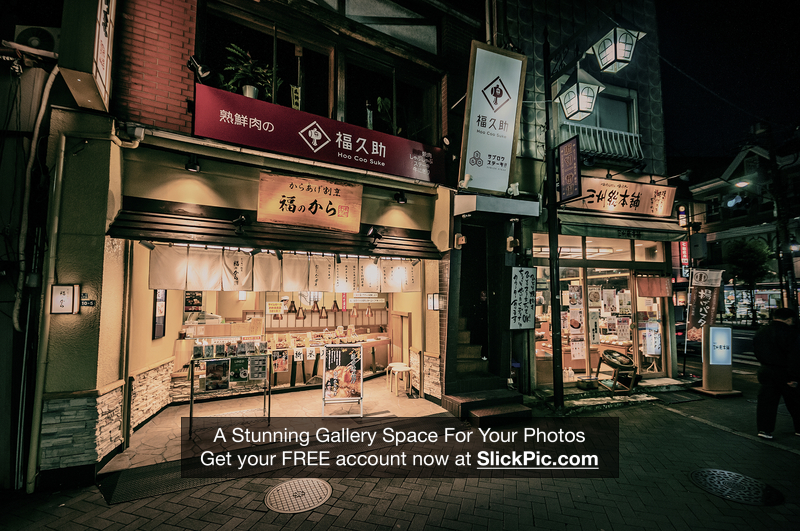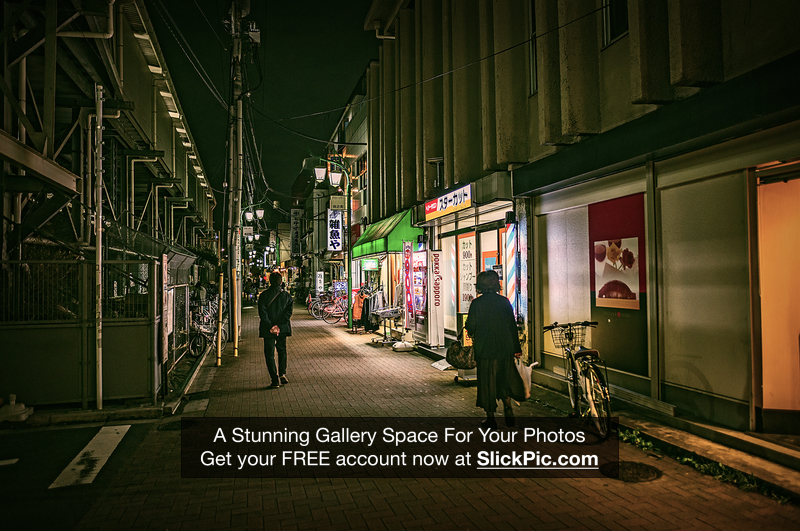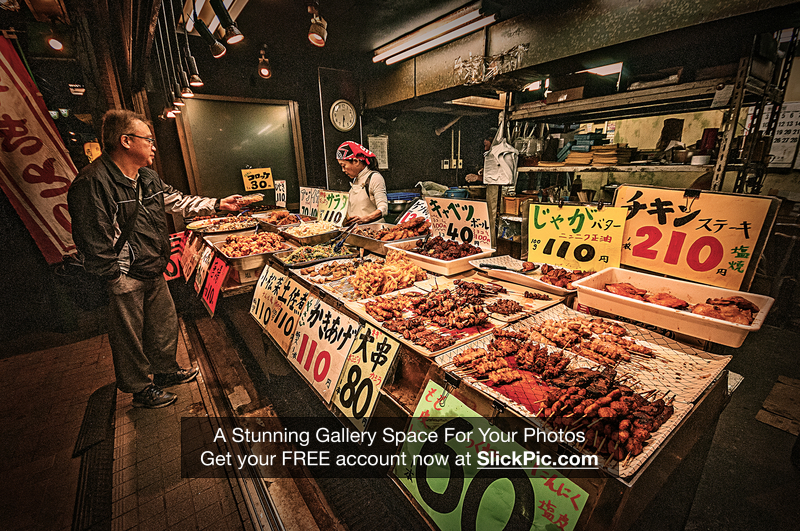Nihon-Koku 2017 – Yokohama Trip
(Day 3)
Waking up relatively late after the haloween celebration the night before, we headed out again heading for Yokohama, taking the train from Horikiri-Shobuen transferring lines at Nippori Station, heading for Yokohama then transferring lines again heading for Motomachi-Chukagai station where we would be visiting Yokohama Chinatown.
Yokohama Chinatown (Yokohama Chūkagai) is Japan’s largest Chinatown, located in central Yokohama. A large number of Chinese stores and restaurants can be found in the narrow and colorful streets of Chinatown. Various events and festivals such as Chinese New Year around the beginning of February are also held at Chinatown.
Yokohama Chinatown quickly developed, after the port of Yokohama had been one of the first Japanese ports to be opened to foreign trade in 1859. It became the residence of the many Chinese traders who settled down in the city. Today, there are more businesses than actual residents living in the area.
Four colorful gates stand at the entrances to Chinatown, and five more gates can be found within. The Kanteibyo is a gaudily colored temple in the center of Chinatown. Constructed in 1873 by Chinese residents, it is dedicated to the Chinese god of good business and prosperity.
The main attraction of the Yokohama Chinatown, however, is the cuisine offered at its many restaurants and food stands. Popular favorites include steamed buns (manju), ramen noodles and a wide array of other Chinese dishes, many of which have been Japanized to a certain degree.
Expect a lot of sumptuous dishes here! Everywhere you go, you’ll see Chinese restaurants, some seemingly trying to outdo each other with their ornate fixtures. Most restaurants have an all-you-can-eat course, and for anywhere between 1,500-4,000 yen, you can order all the dishes you want. While some impose a time limit (usually 90 minutes), some restaurants don’t. On the menu are plenty of hearty dishes: various types of dim sum, meat dishes, vegetables, fish, soups—you name it, they probably have it! Many also offer Peking duck as part of the course, but frankly, the strips of Peking duck tend to be so tiny that it hardly feels like you’re eating Peking duck. Still, you get what you pay for, and you’ll probably be too full from everything else to care too much, anyway. But if you really want a generous portion of some juicy Peking duck, some restaurants have it, but be prepared to pay up.
If you can save some of your appetite to try the snacks and street food, go for it. (Alternatively, skip the all-you-can-eat course and go from one shop or stall to another, trying different things.) The smell of the food wafts through the streets, making the food too tempting to pass up. With large nikuman (meat buns), shumai (pork dumplings), shouronbou (the Japanese term for xiaolongbao, steamed buns with soup inside), tea, fried sesame balls, egg tarts, and more, Chinatown has so much food to offer that you’ll probably want to try everything!
After a good walk from the station we arrived at Yokohama Chinatown, here we saw lots of streetfood where you can feast on, and in one of the stalls we got a pancake like bread mage out of flour with onions. Then walking around till we reach a place where we would eat our lunch, which was tofu slices and pad thai, we requested the cook to remove all meat products when cooking. After a heartfull lunch, we headed back to the street and wandered a bit more, after which we headed back to Motomachi-Chukagai station, heading for another stop, which is the Ramen Museum. Transferring line at Yokohama, heading for Shin-Yokohama station, from here, is a bit of a walk to the Ramen Museum.
You might be familiar with the Cup Ramen Museum in Yokohama, but Tokyo’s second city also has a second ramen mecca. You may not be able to design and make your own cup ramen here, but you can eat your way through bowls and bowls of carefully selected ramen dishes from all across Japan (and I know which I’d prefer). The museum was opened in Shinyokohama in 1994 and was, at the time, the world’s first food-themed amusement park. Based on the Showa-era streets of 1958—the year instant ramen was invented—the restaurants are in back alleys and a central courtyard, and inside are fully modern. The museum has a well-stocked shop, some informative displays and a few extra attractions on the Showa streets: certainly enough to occupy an afternoon.
Styled perfectly to recreate the atmospheric and somewhat dingy streets of times gone by, the ramen town of the museum is brilliant. You can’t help but be impressed when you step inside, and it’s hard not to get a giddy level of excitement at the thought of exploring the alleys.
The restaurants are split between two levels, with plenty of space for queues on the bottom level, and space for snaking lines along the upper-level streets.
The nine restaurants have been chosen to showcase the best of Japan’s ramen, and include different examples of noodle, broth and topping. Whether you like tonkotsu or miso, shio or shoyu—there’s something for everyone. The best part, however, is that you can try the smaller “taster” bowls if you want to try more than one.
At just over 500 yen each, they are still pretty filling, but at least alleviate the stress of having to try one out of nine. Four of the restaurants offer vegetarian as well as pork-free dishes, giving an unusual amount of options where there are usually few. Standard-sized bowls of ramen are around 800 yen, with all the regular options of ramen restaurants for toppings and sizes. If you look around each restaurant’s vending machine you’ll find a full multi-lingual menu and it’s easy enough to match color-coded dishes to their corresponding bowls or to use price to match them.
With nine to choose from, even the biggest ramen fans may not be able to manage all the taster bowls, so here’s a guide to tempt you in and help you choose:
Ryu Shanghai Honten
A rich miso base with thick noodles, this is a warming seafood, chicken and pork combination with some original elements. The unusually thick noodles are folded over 32 times and if you like things spicy, you can enjoy the dollop of raw miso which, sits top the spicy miso ramen option. The restaurant has a vegetarian menu and non-pork options.
Rishiri Ramen Miraku
Thick noodles in a rich scorched, shoyu sauce are a tough combination to beat and luckily this branch of the popular store is easier to reach than the original. Located on the Rishiri Island, it takes over 8 hours by ferry and plane, and is only open for two hours a day. The use of kelp sourced from the island lends it a savory depth rarely found and helped it to reach the Bib Gourmand standard. No vegetarian or pork-free options available.
Yuji Ramen
Only opened on March 16th, 2017, Yuji has a unique twist on tonkotsu: replacing the pork bones with grilled tuna to create a light, cloudy soup. Having spent years working with fish wholesalers in America, Yuji’s shop owner created the “tuna-kotsu” with no other animal-sourced ingredients. No vegetarian or pork-free options available.
Muku Zweite
A popular European ramen shop, this places uses flour more commonly used for pasta and pizza to create thick noodles for their rich tonkotsu and shoyu broth. The restaurant has a vegetarian menu and non-pork options.
Komurasaki
A much lighter tonkotsu than you might be used to, the broth at Komurasaki is both light and mild, but still full of flavor. With traditional toppings, roasted garlic and thin noodles the Kumamoto specialty is a great option if you want to try a few bowls that day, as it isn’t too rich. They have a vegetarian menu and non-pork options as well as dumplings.
Shina Soba
With a light shoyu base, Shina Soba is known for its umami flavor, and the owner has even been nicknamed the “Ramen Demon”. Using chickens he feeds himself and with over 30 specially chosen ingredients, you’ll enjoy the bowl immensely, even if you can’t put your finger on exactly why. They have a vegetarian menu and non-pork options available.
Nidai-me Genkotsuya
Nicknamed golden soup ramen, this shio/shoyu ramen uses fatty cuts of tuna and plenty of kelp in their pork and chicken bone soup. They also serve jumbo dumplings if you need something different, as well as having vegetarian and pork-free options.
Sumire
Listed as the most famous miso ramen shop in Japan, Sumire certainly has high expectations to reach, but reach them it does. The rich broth is full flavored and thick, and very moreish. The noodles are firm and hold up well in the miso broth—definitely a good one to hit up on your visit! It may be worth noting that the taster version does not come with meat. No vegetarian or pork-free options available.
Good to know:
To make the most of your ramen day here are some bonus tips:
• With free re-entry for a day, you can enjoy lunch and take a break for a stroll around the area before heading back for dinner, if you are keen to try as many bowls as you can
• Wifi is available in the museum, the ID is ramen and the password is 19940306
• Don’t forget to look for the English menus available at each vending machine
• Lunch time and dinner are popular with local salarymen who buy year-round access, so if there’s a long queue maybe check out somewhere else and try a little later as queues seemed to fluctuate a lot
• The museum has its own TV channel called Ra-Haku TV focusing on ramen history and development
• There are no reservations so you will have to queue
• Each adult is expected to buy at least one bowl of ramen
Entering the floors at the basement is like entering a different world or a blast from the past, with its old setup and old item including a telephone booth, a TV on the window and even an old camera shop. The ramen smelled good and we bought tickets for a small bowl and entered Komurasaki, thinking that we could share so we could try other ramen, but the rule here was no sharing and I got the bowl all by myself… making sure the what I ordered was the vegetarian with no meat products in it, and they said that they use soy based broth, so I’m good.
You could stay here and just walk around the place and try out other ramen shops, which we did and after a while we headed out back to Shin-Yokohama heading for Ueno, where we met up with the rest of the group.
Heading back to our lodging, and buying some breakfast food for the next day, for we would be heading out to another fun filled adventure to Hakone.
TIP: Japanese People are so disciplined that when using the escalator they always stay on left side when standing
TIP: learn some Japanese words like:
Thank you : Arigatou
Thank you (This is more polite than Arigatou.) : Arigatou gozaimasu
Excuse me or I’m sorry: Sumimasen
TIP: download the apps @cityrailmap and Google Translate, and you will never get lost
Note: all time stated are Philippine Standard Time, unless otherwise stated
Note: I am a vegan and do not condone killing or eating any meat products, photos taken are for documentary purposes only
All photos are owned and copyrighted by Joey Rico (also known under these names: alien_scream).
All Rights Reserved. Unauthorized use, copy, editing, reproduction, publication, duplication and distribution of the digital photos, without his explicit permission, is punishable by law
This work is licensed under a Creative Commons Attribution-Noncommercial-No Derivative Works 3.0 Philippines License.
with Carol Maralit, Dolly Arevalo







